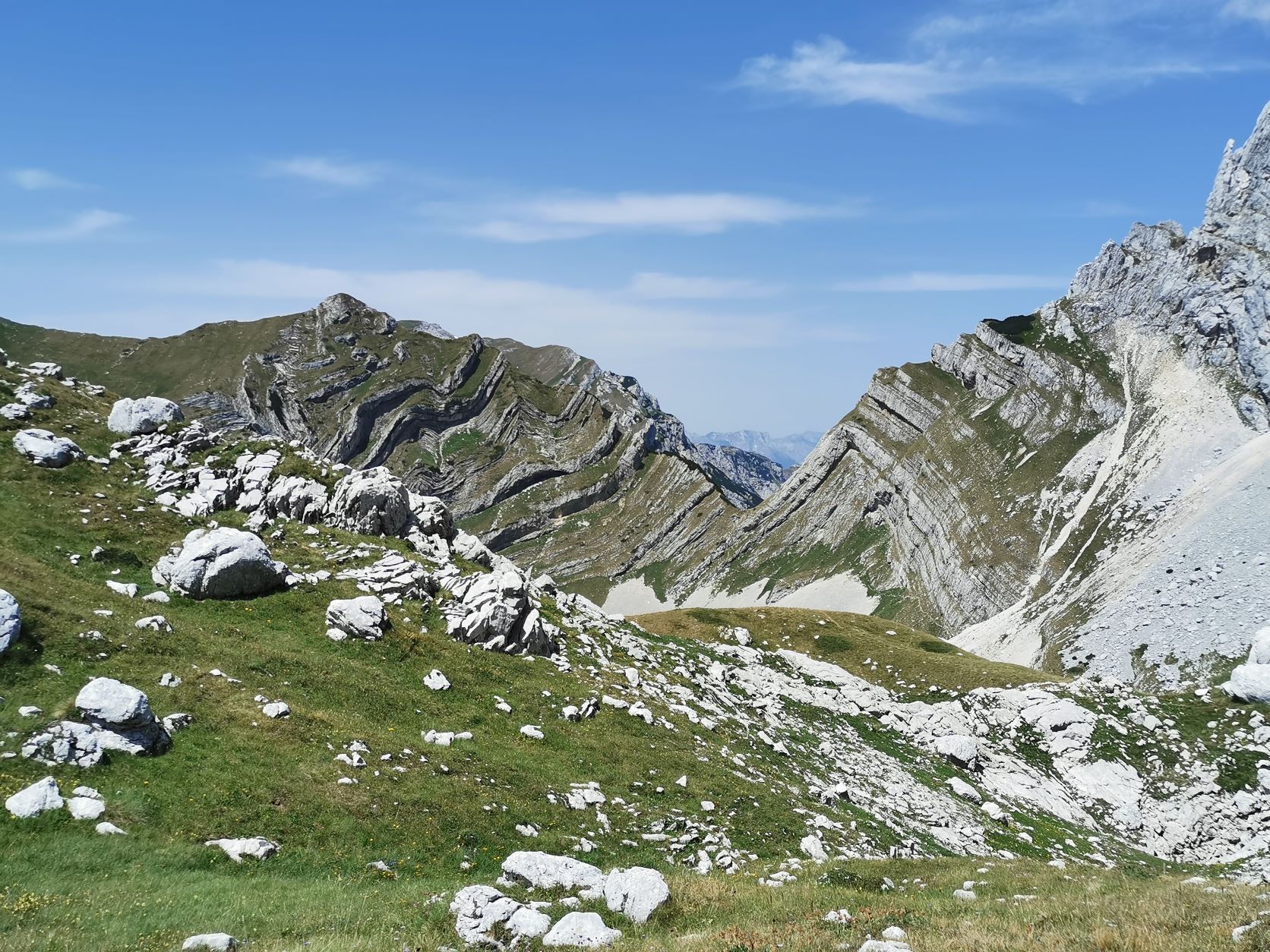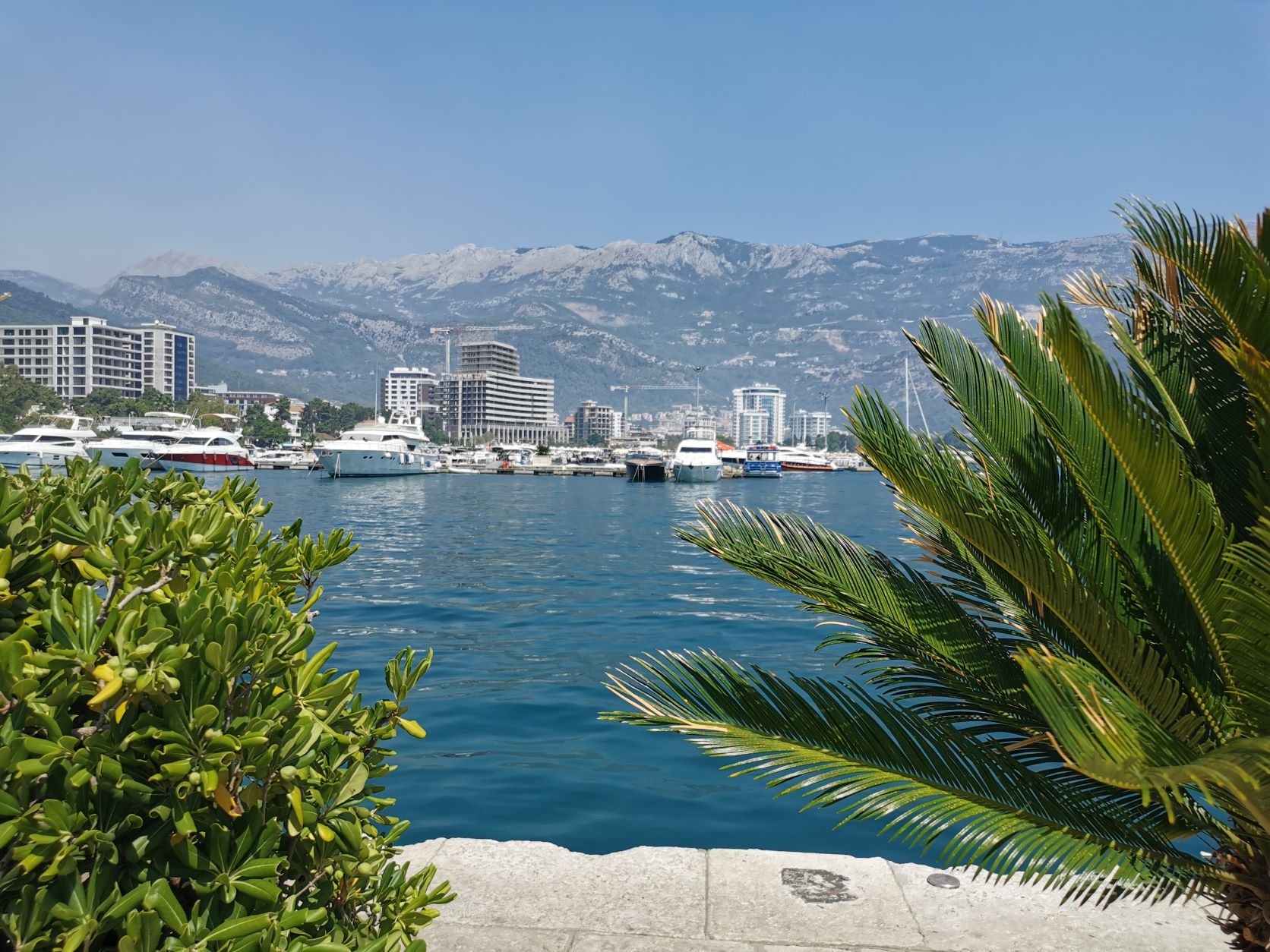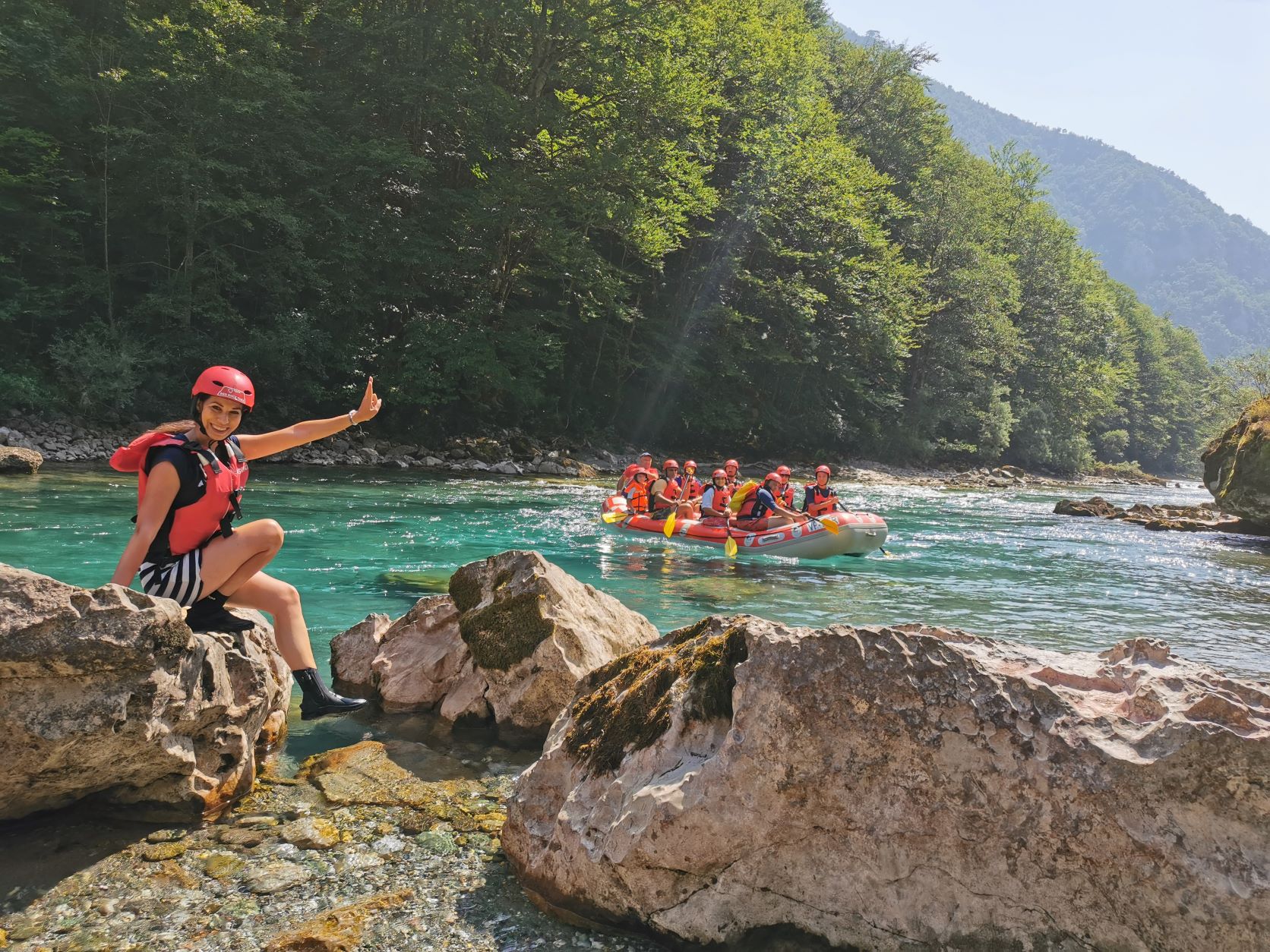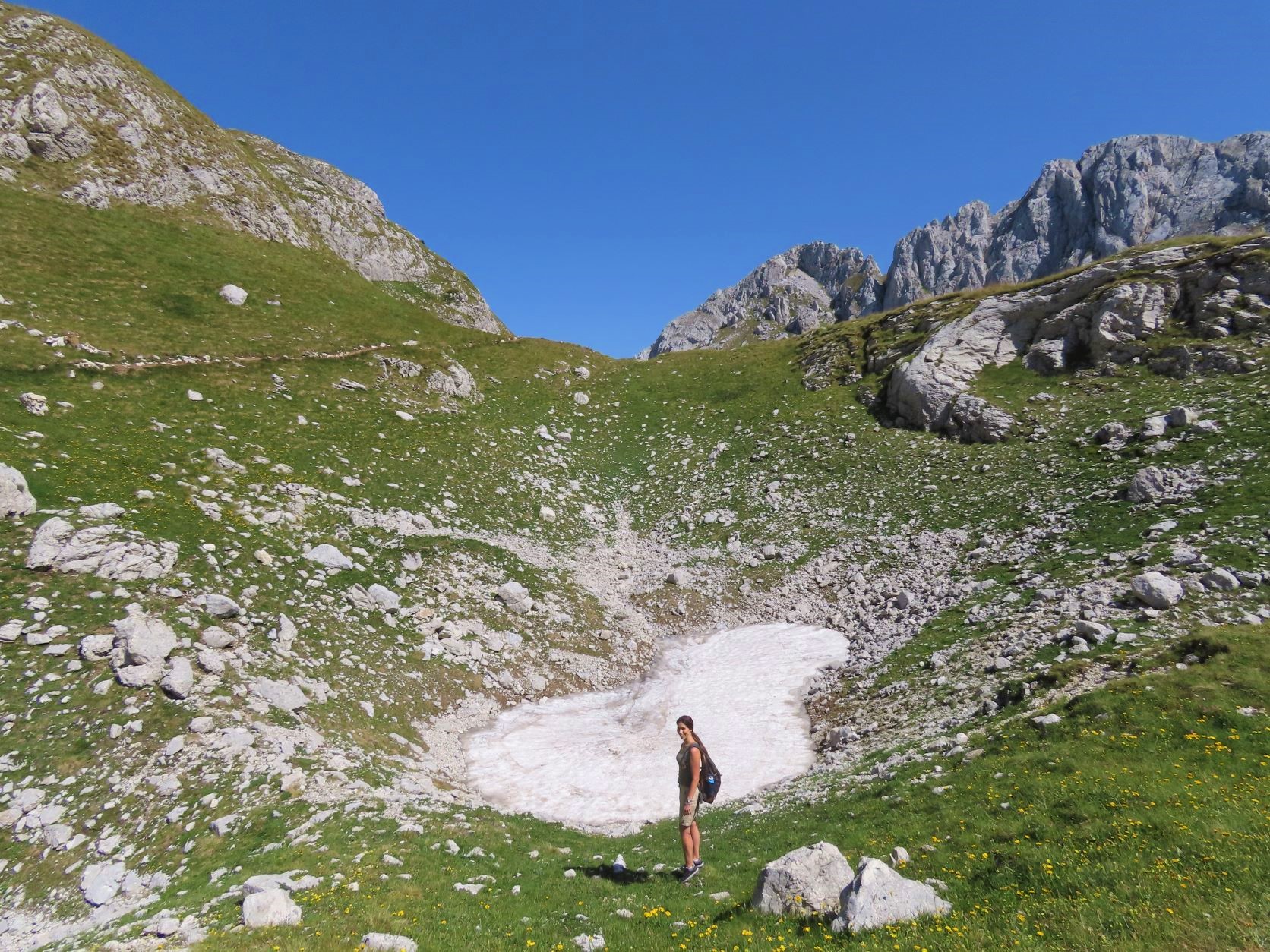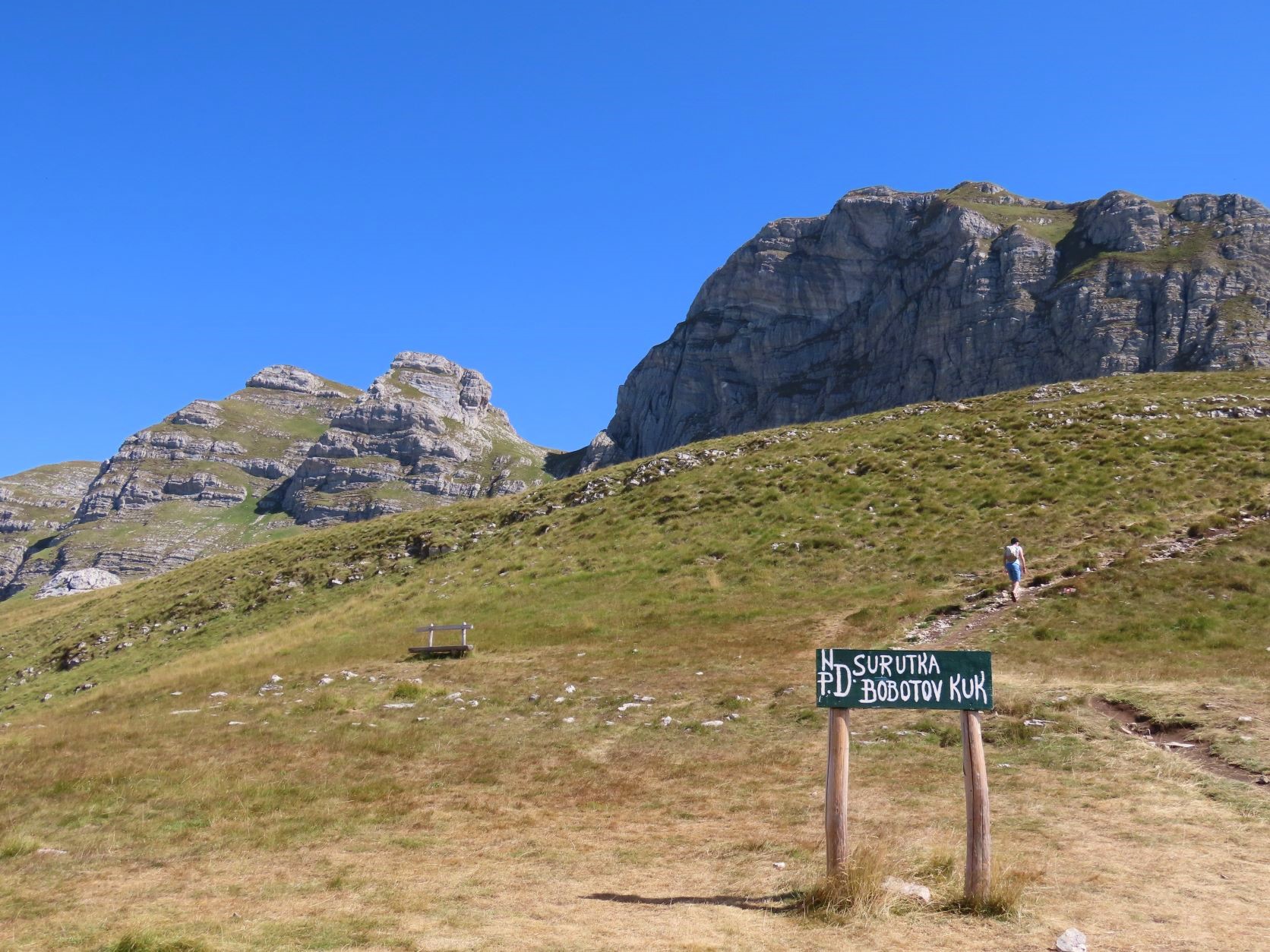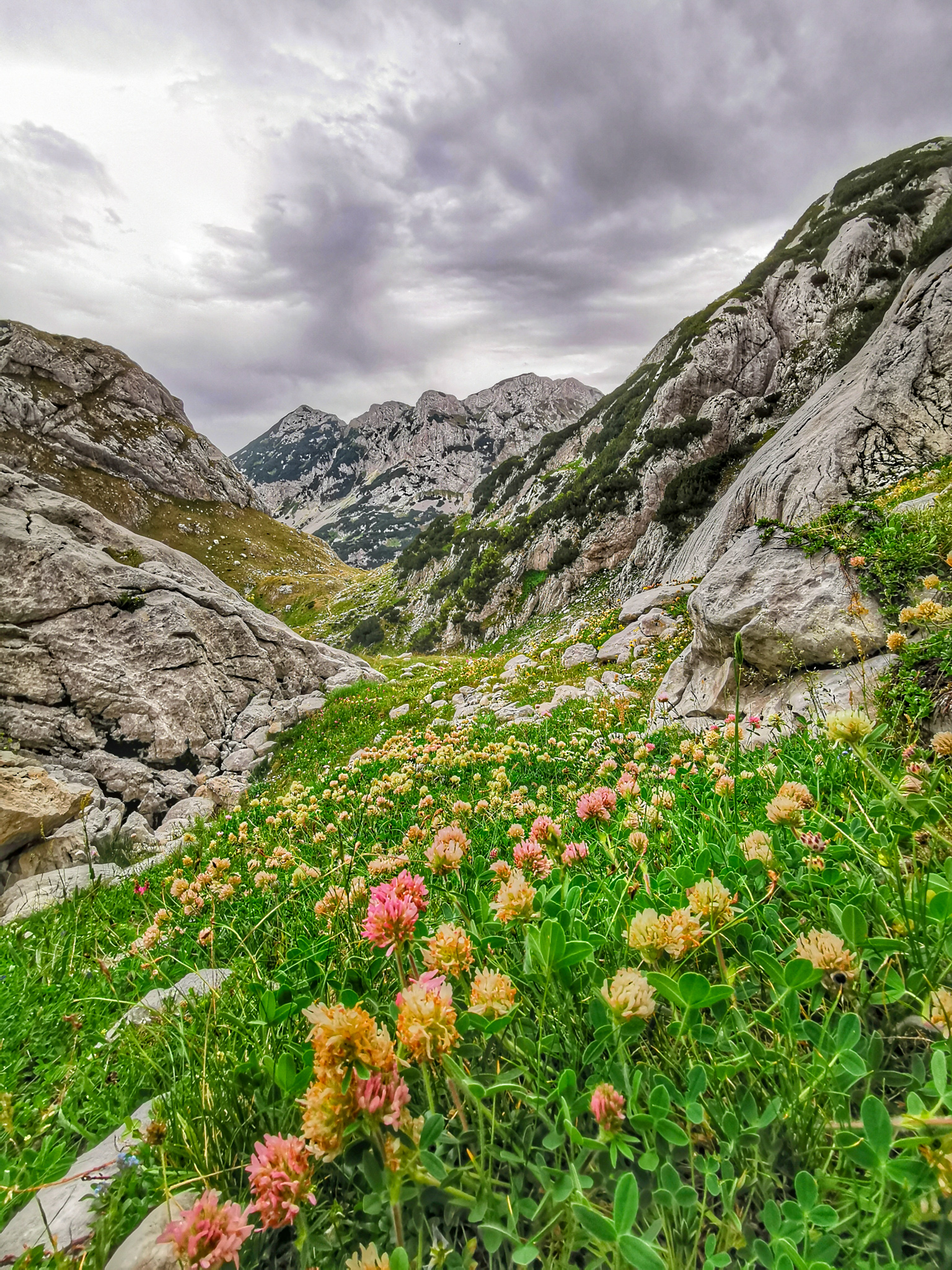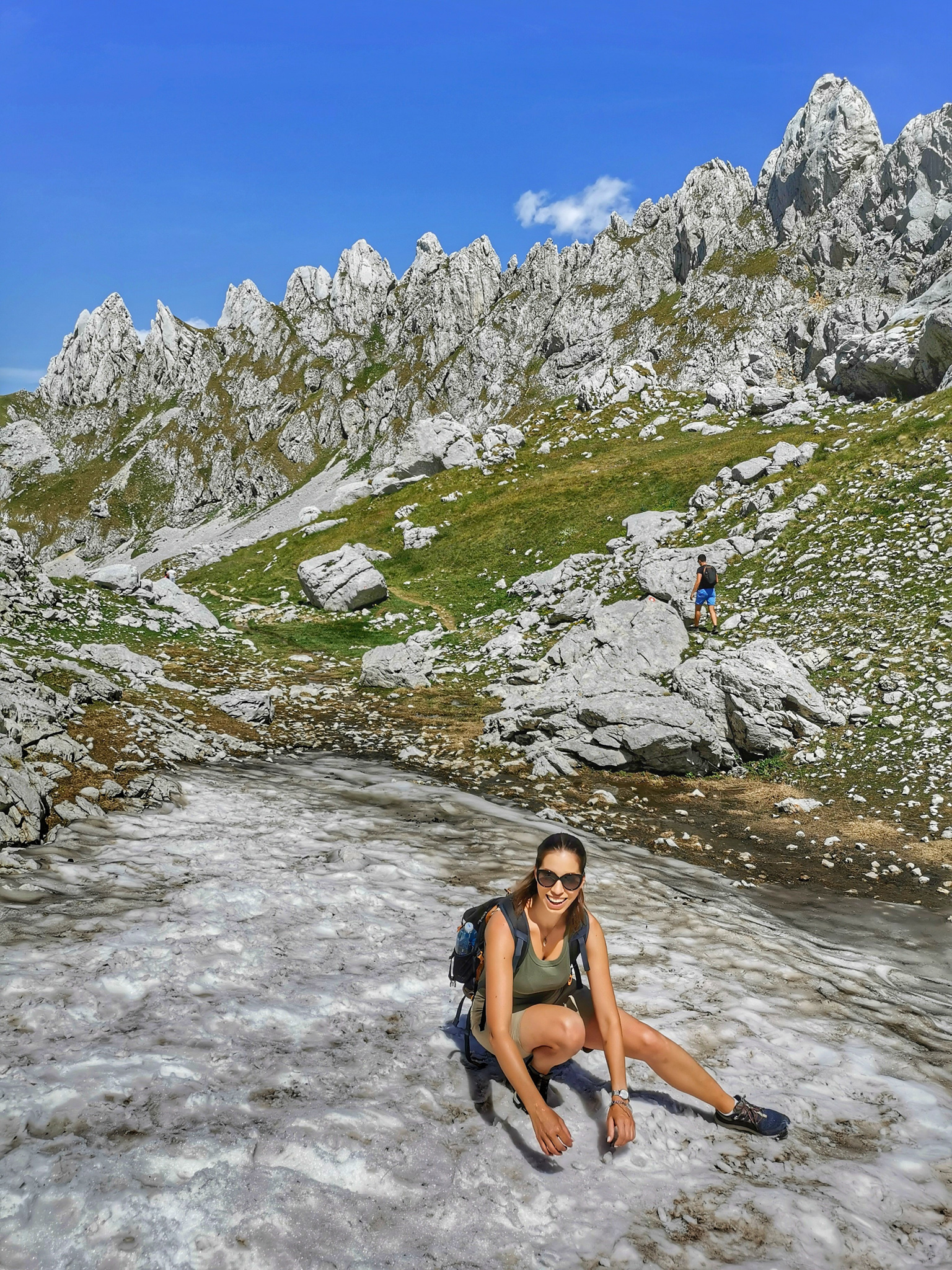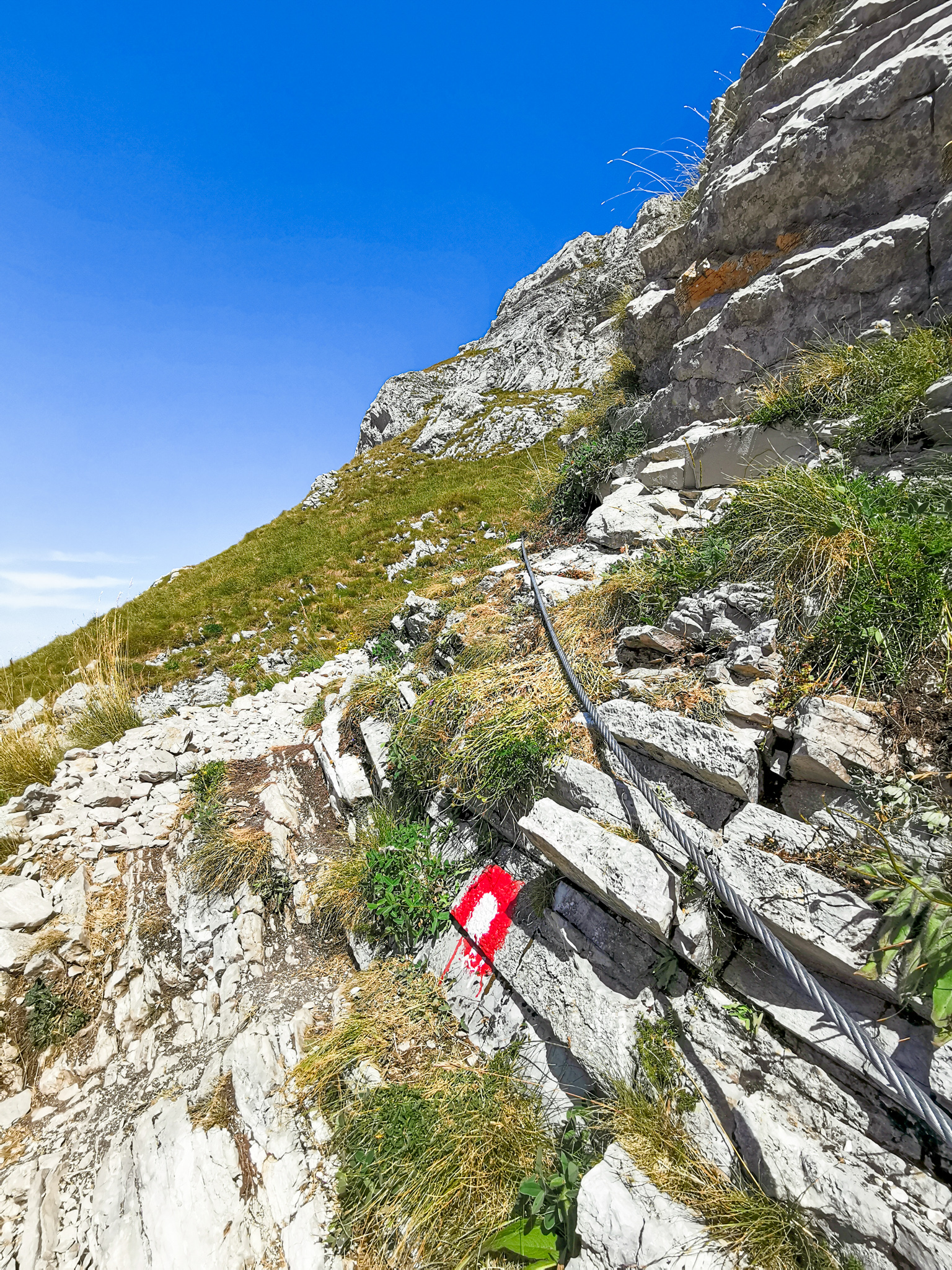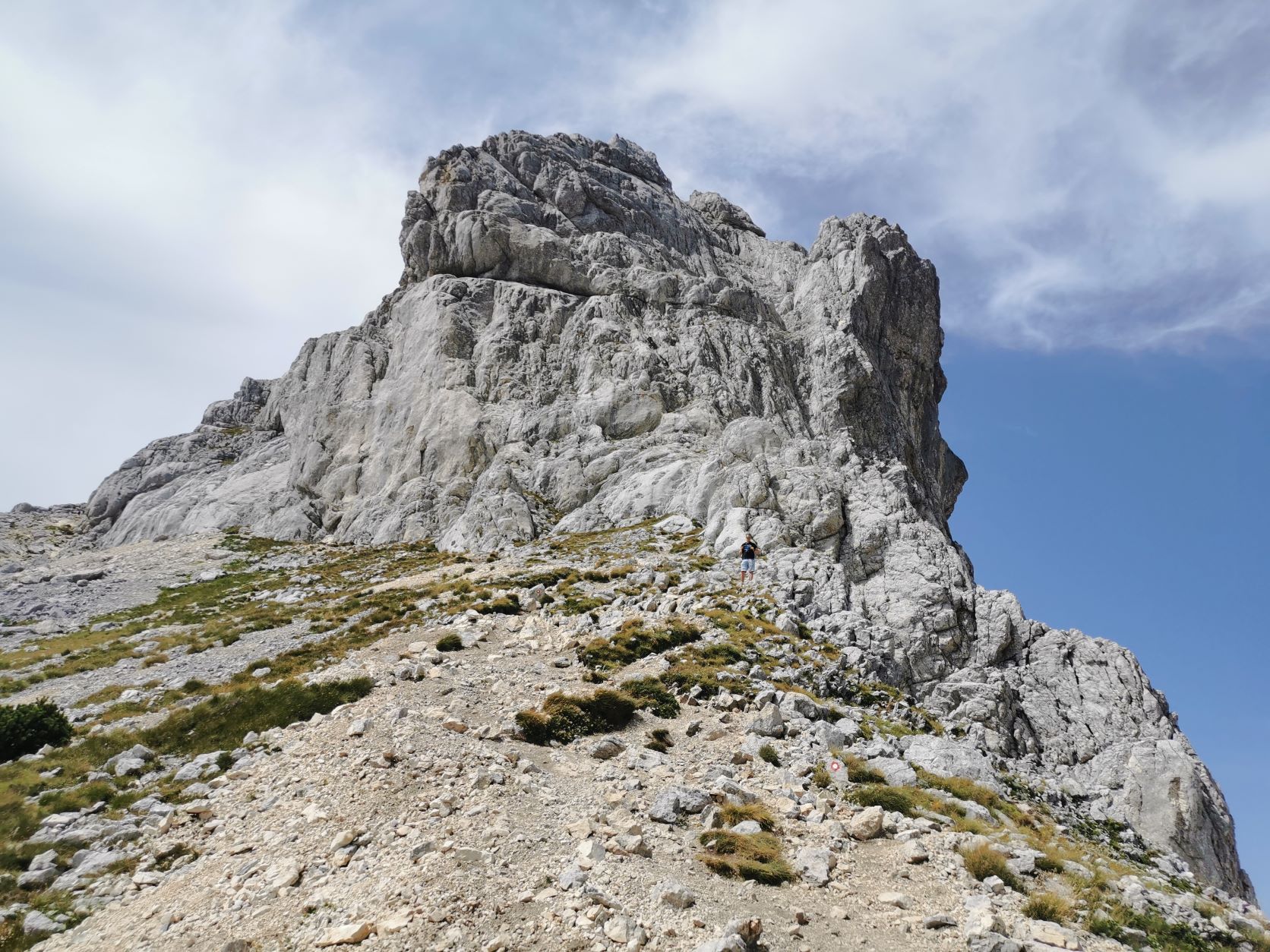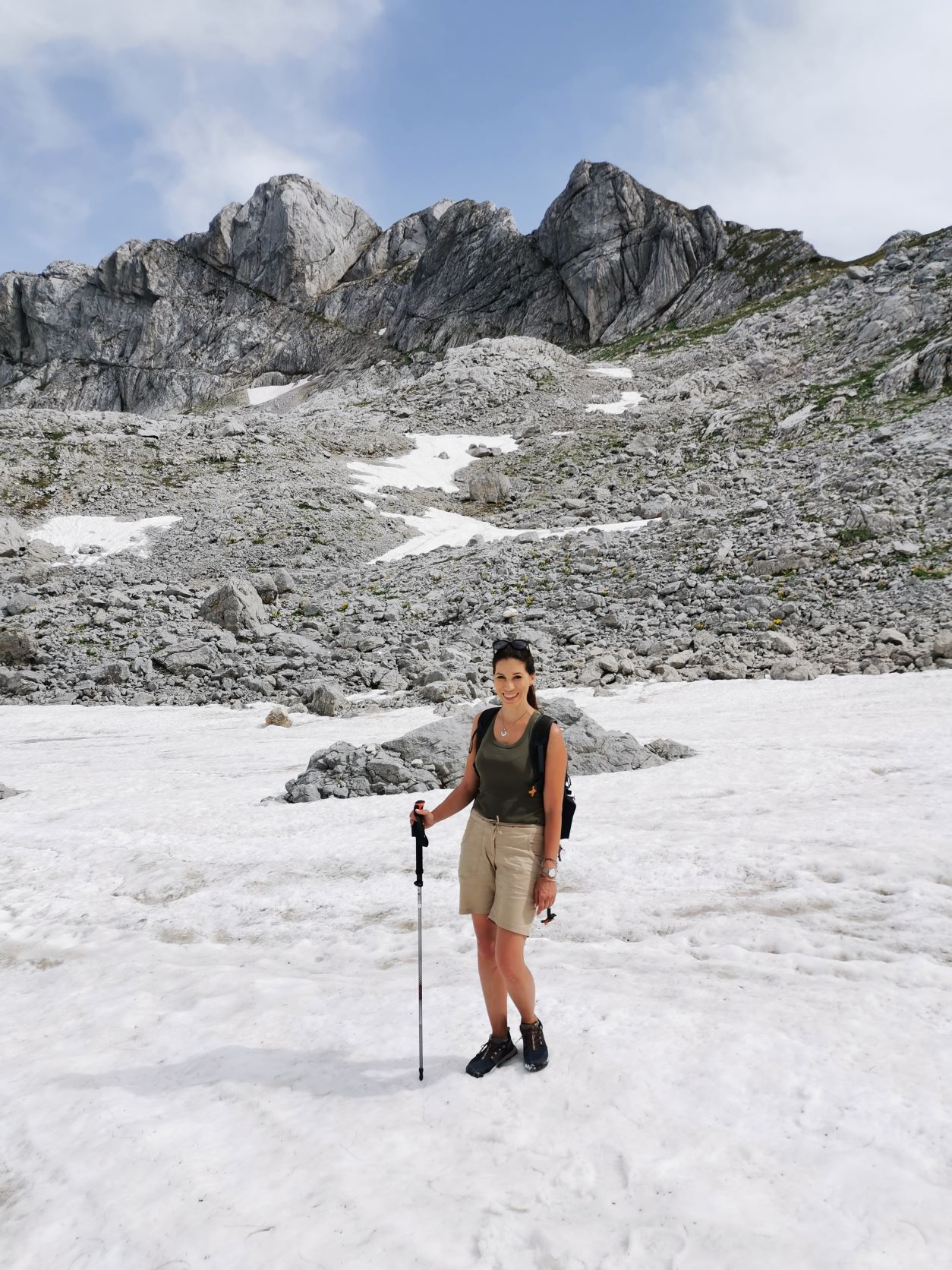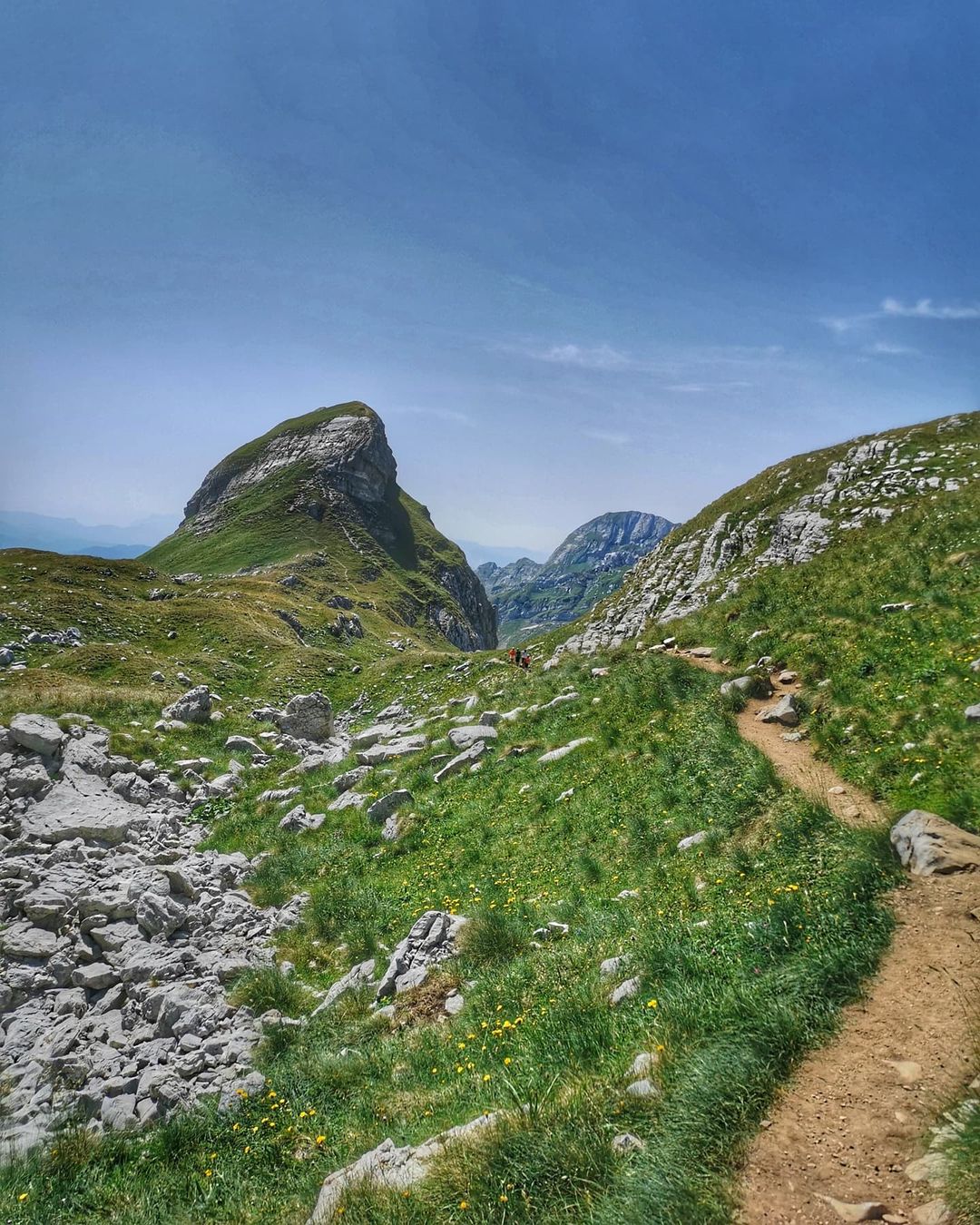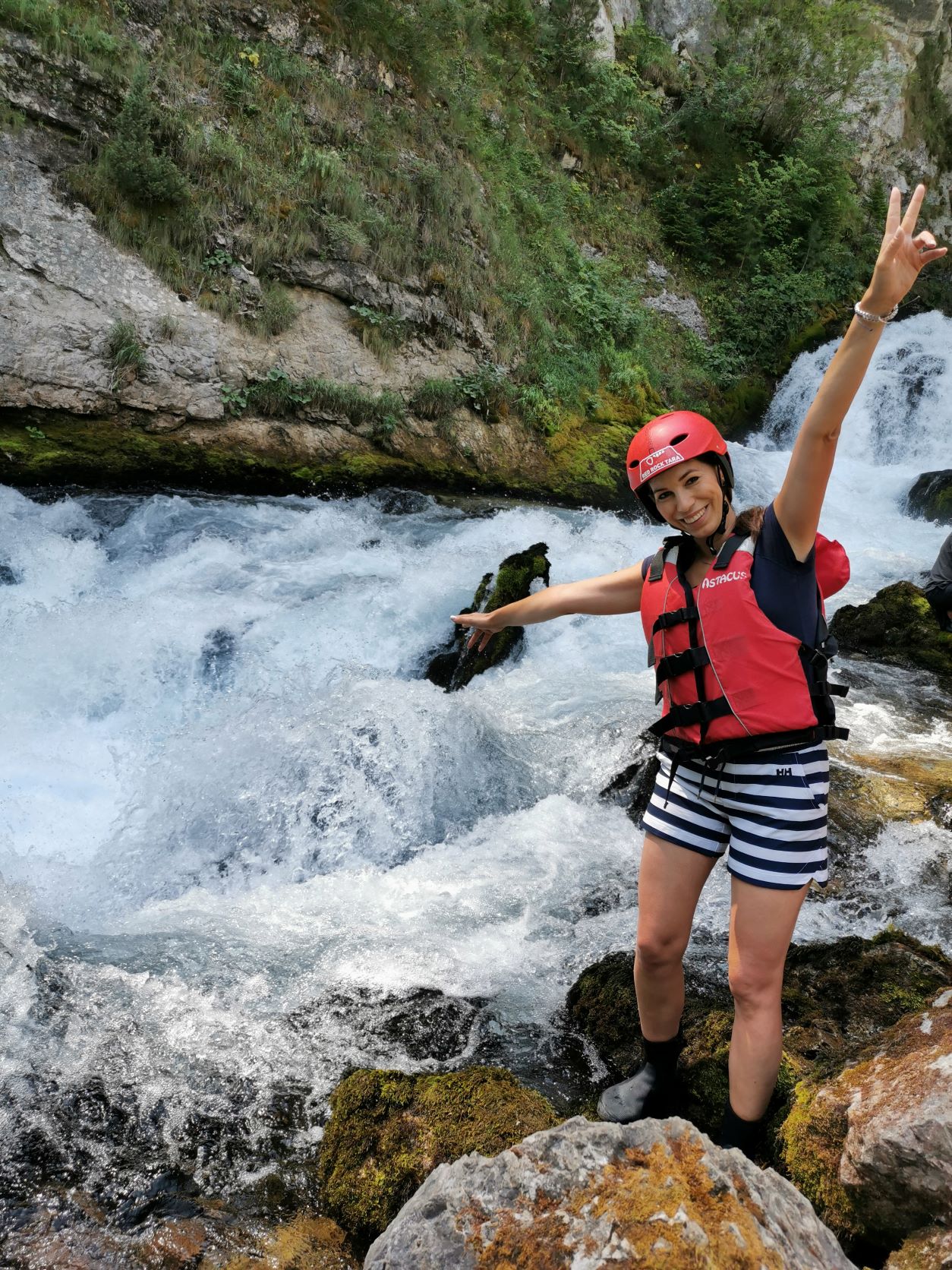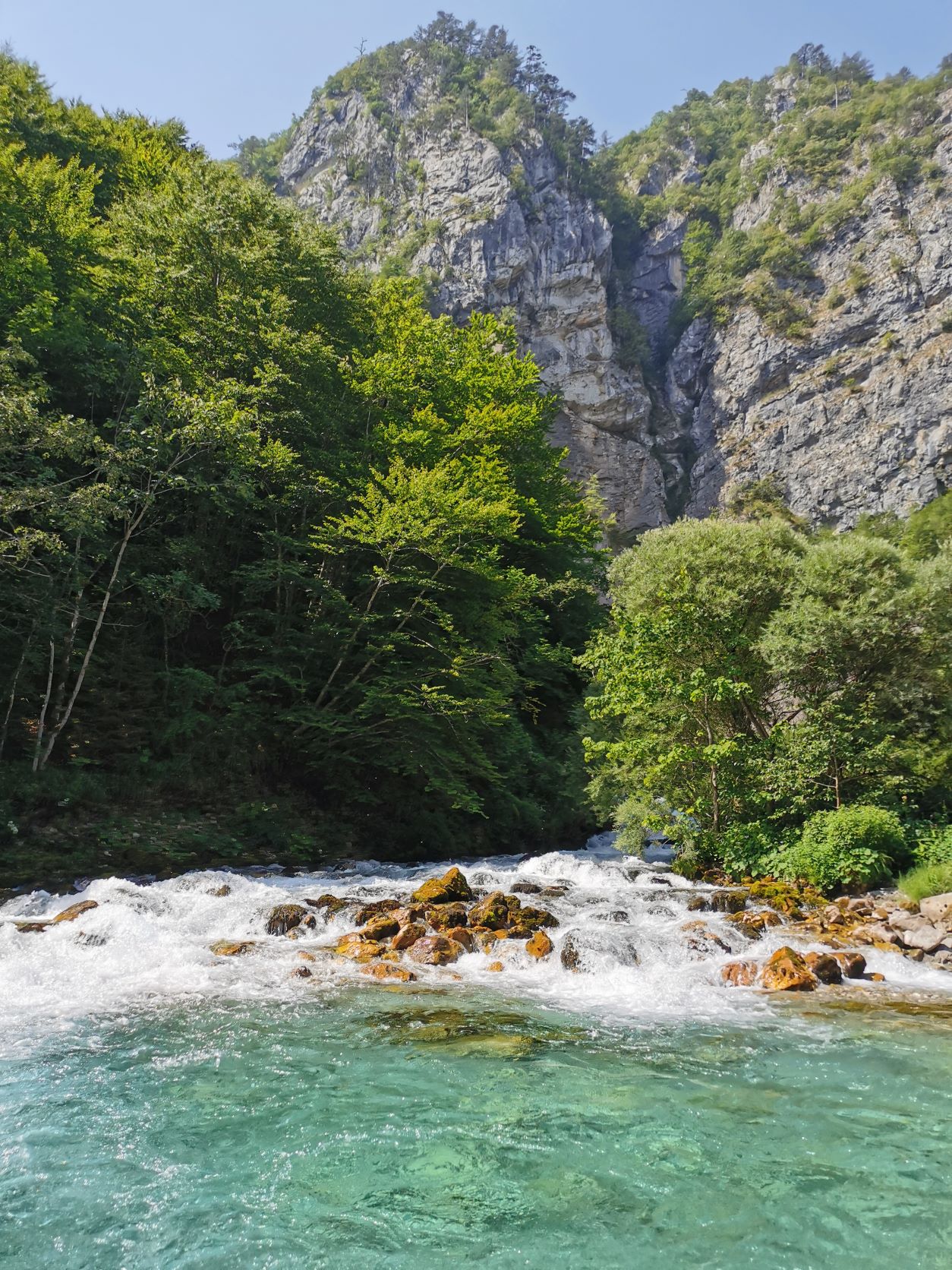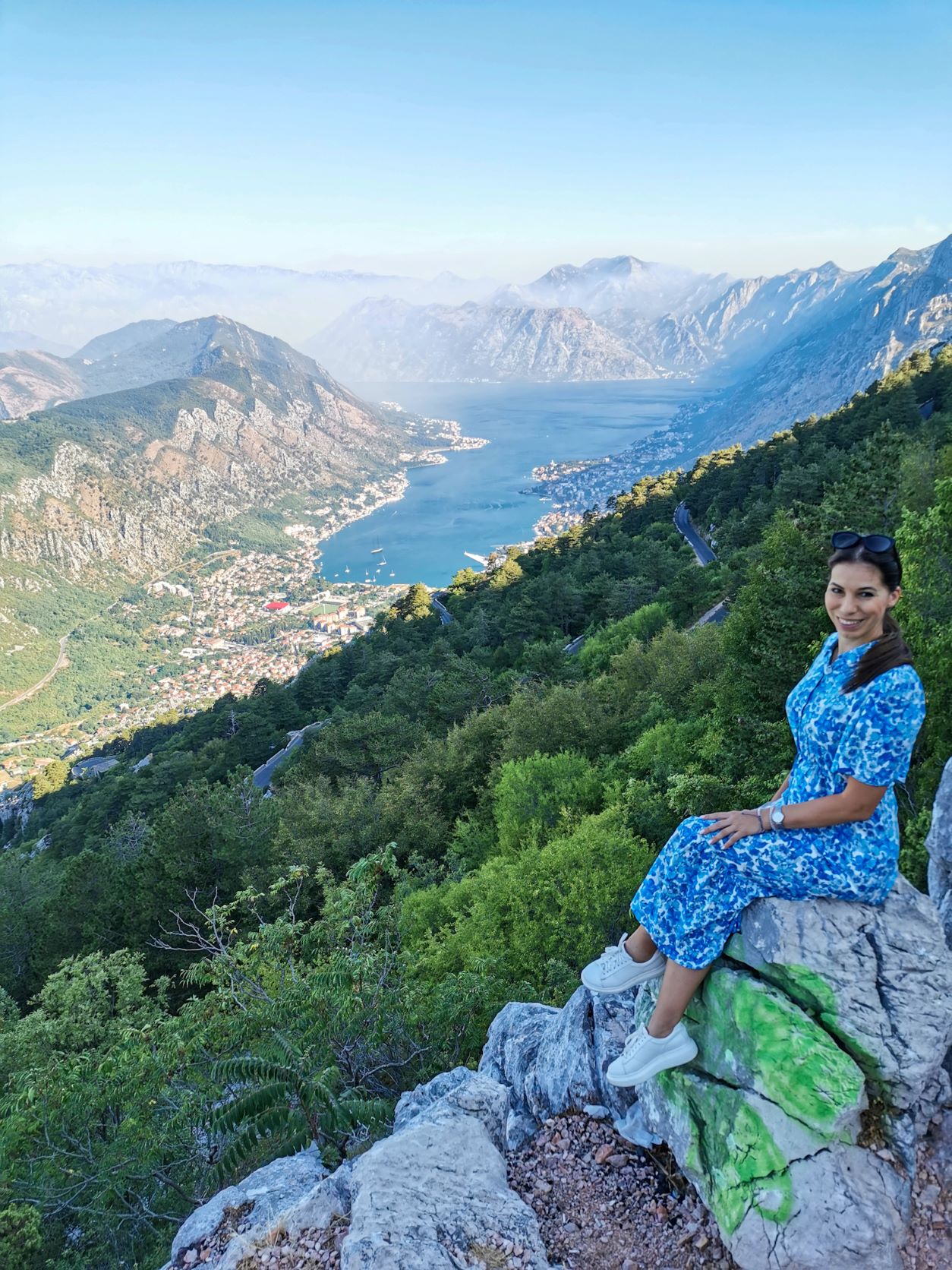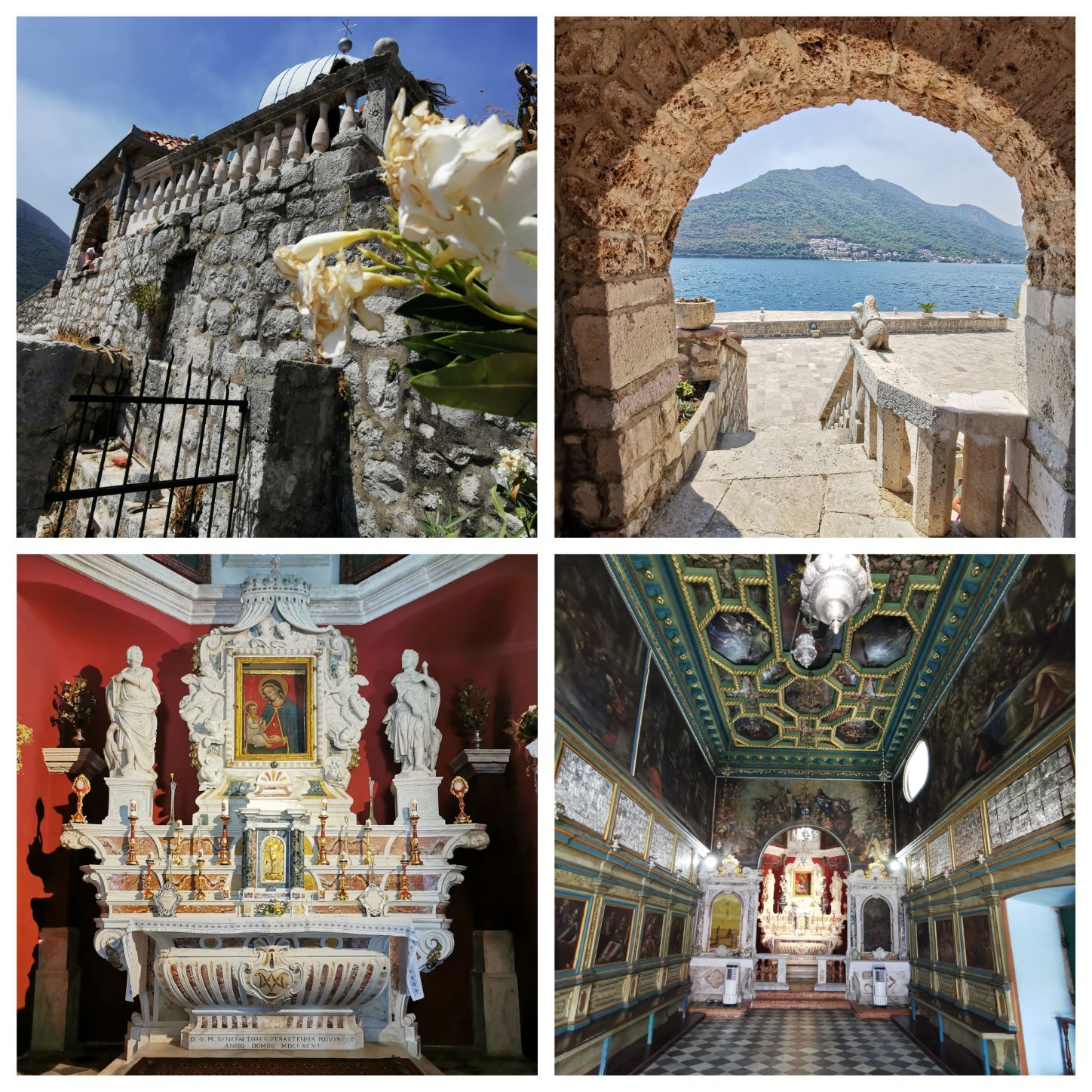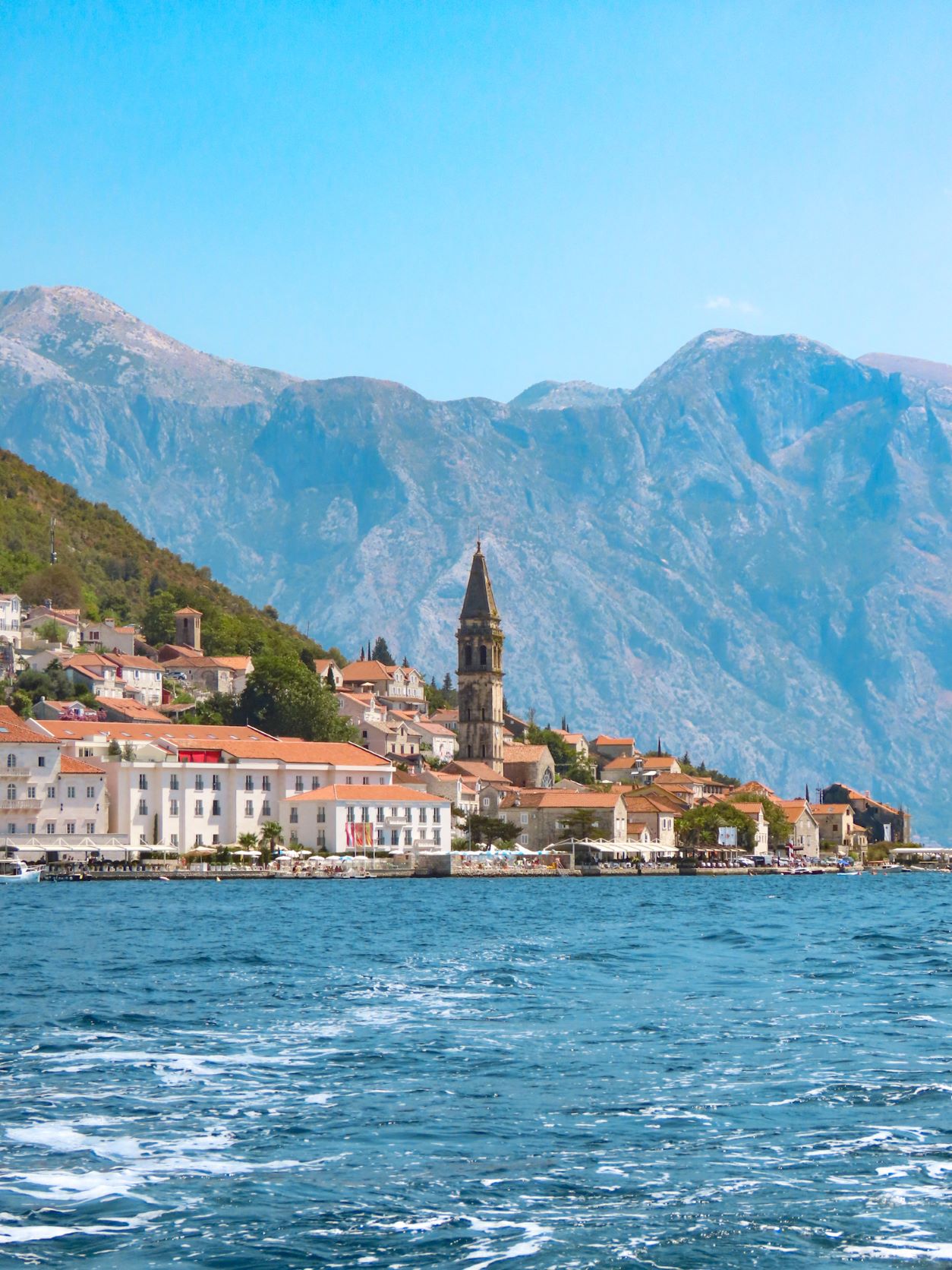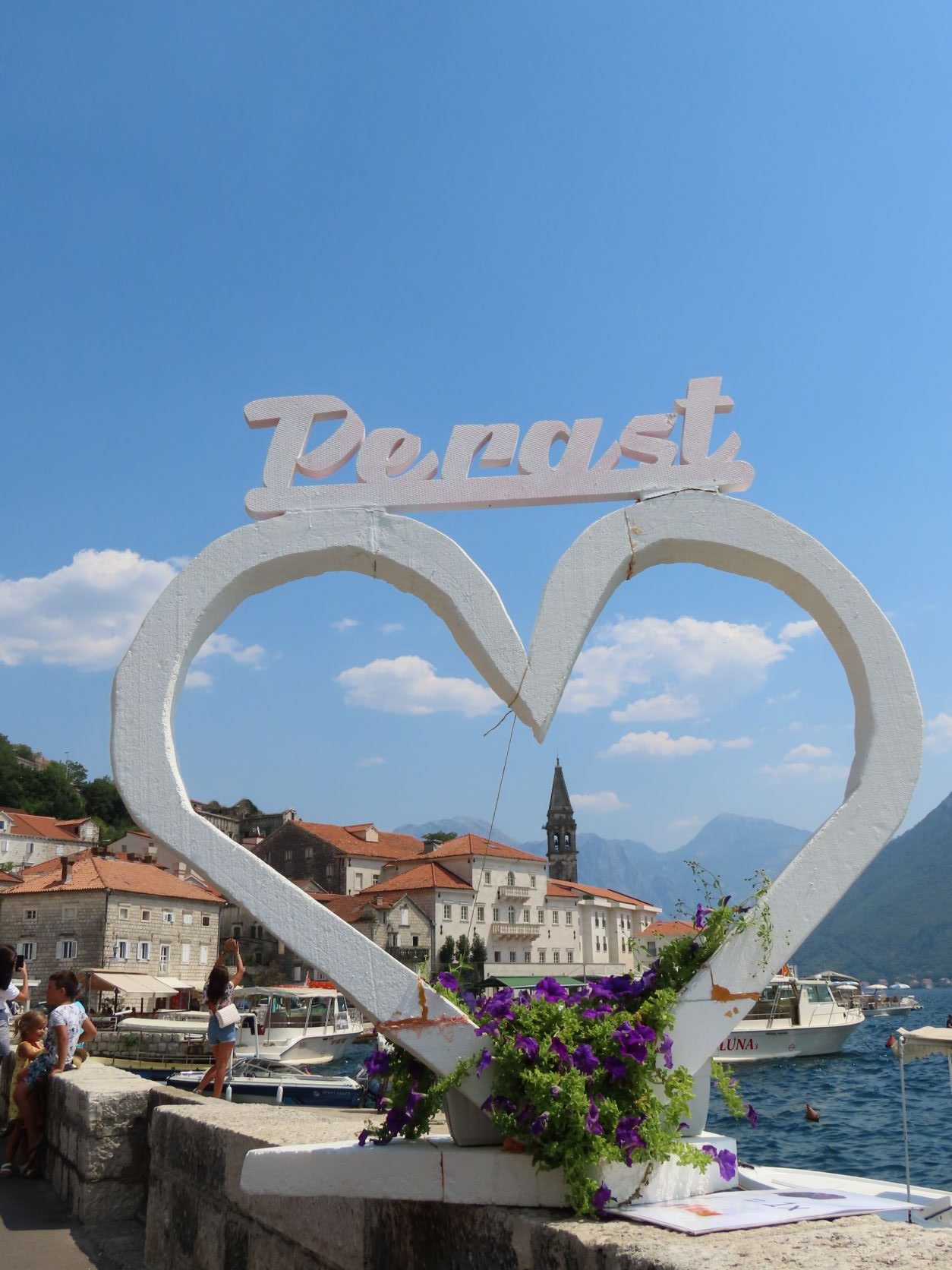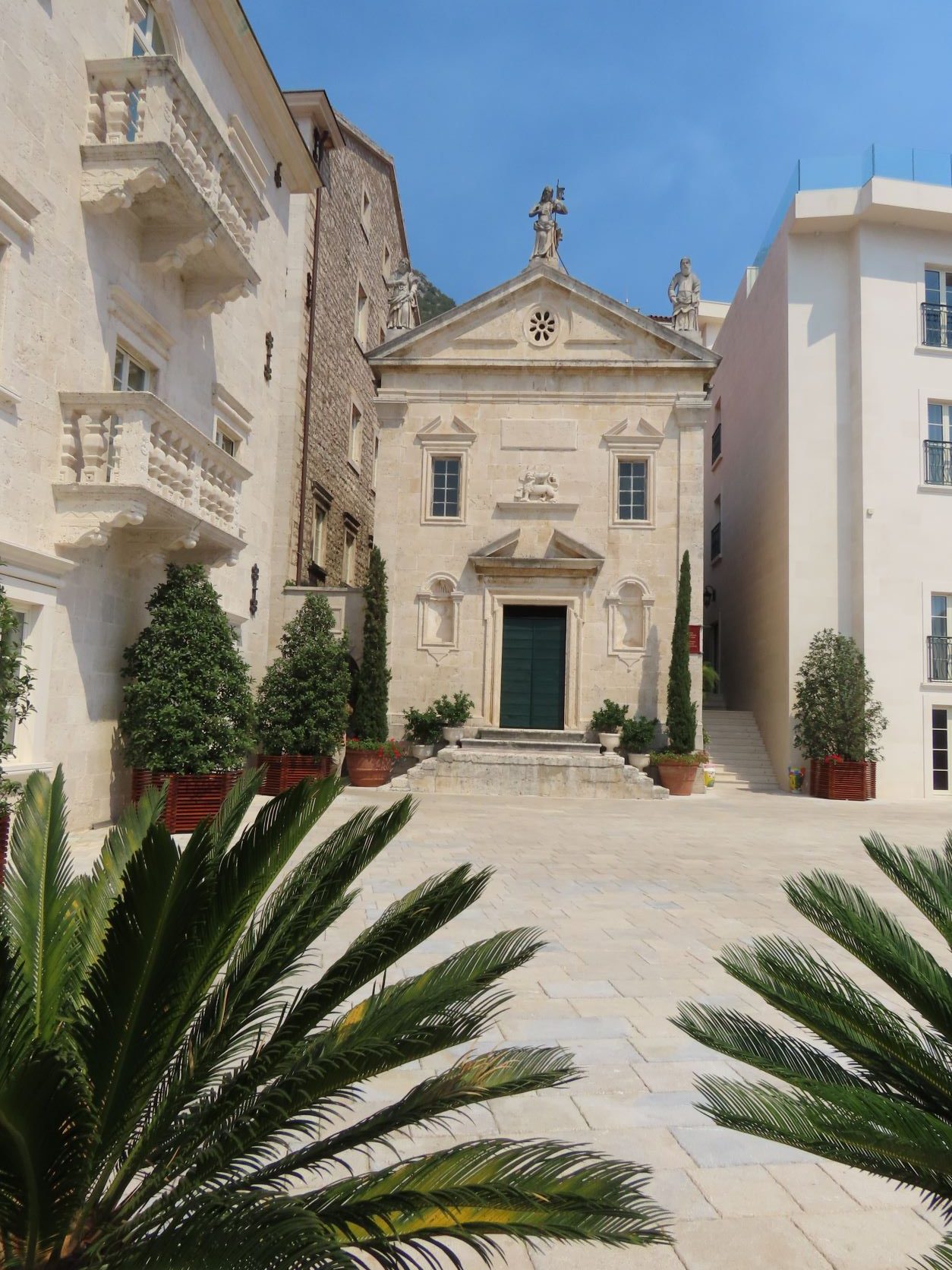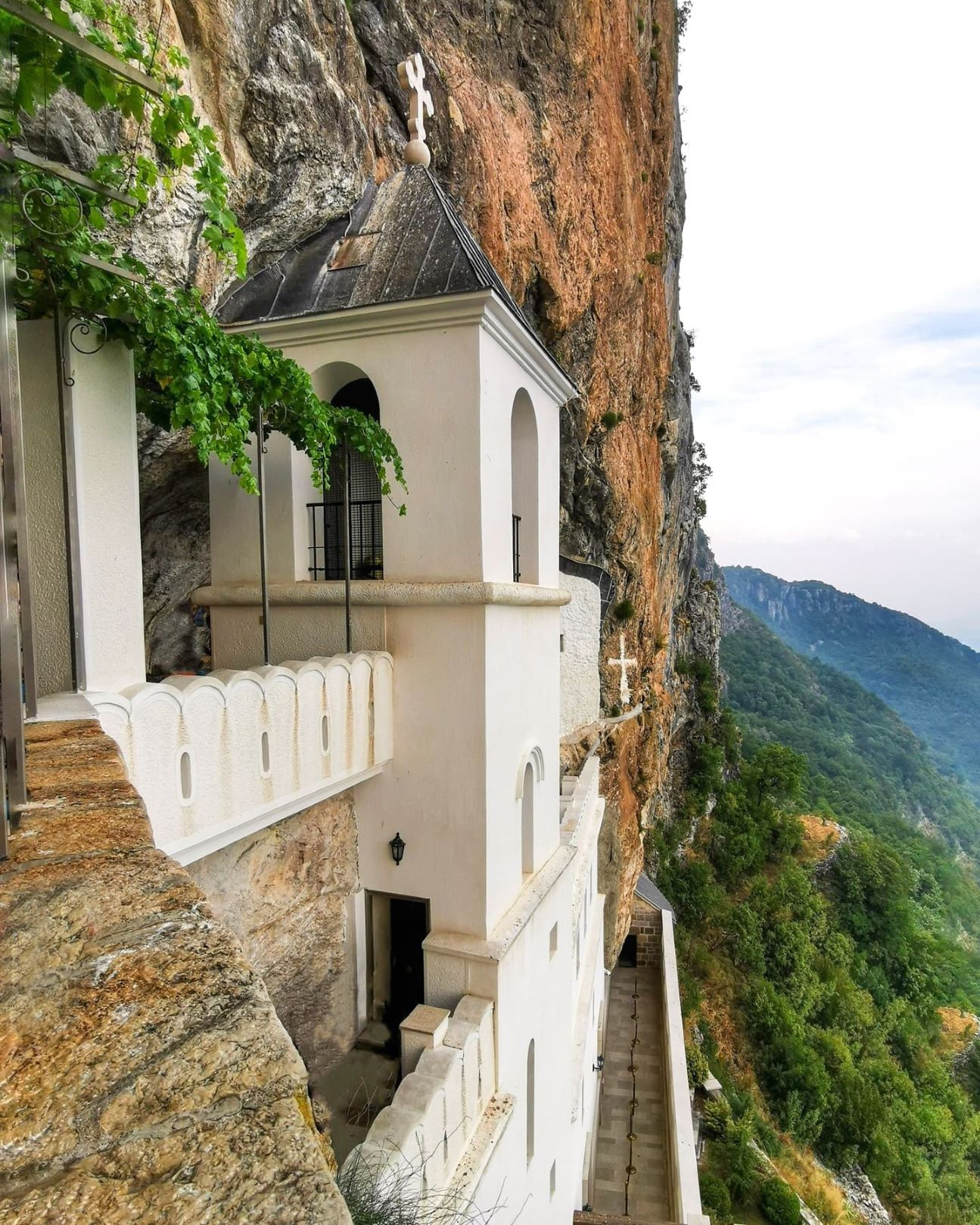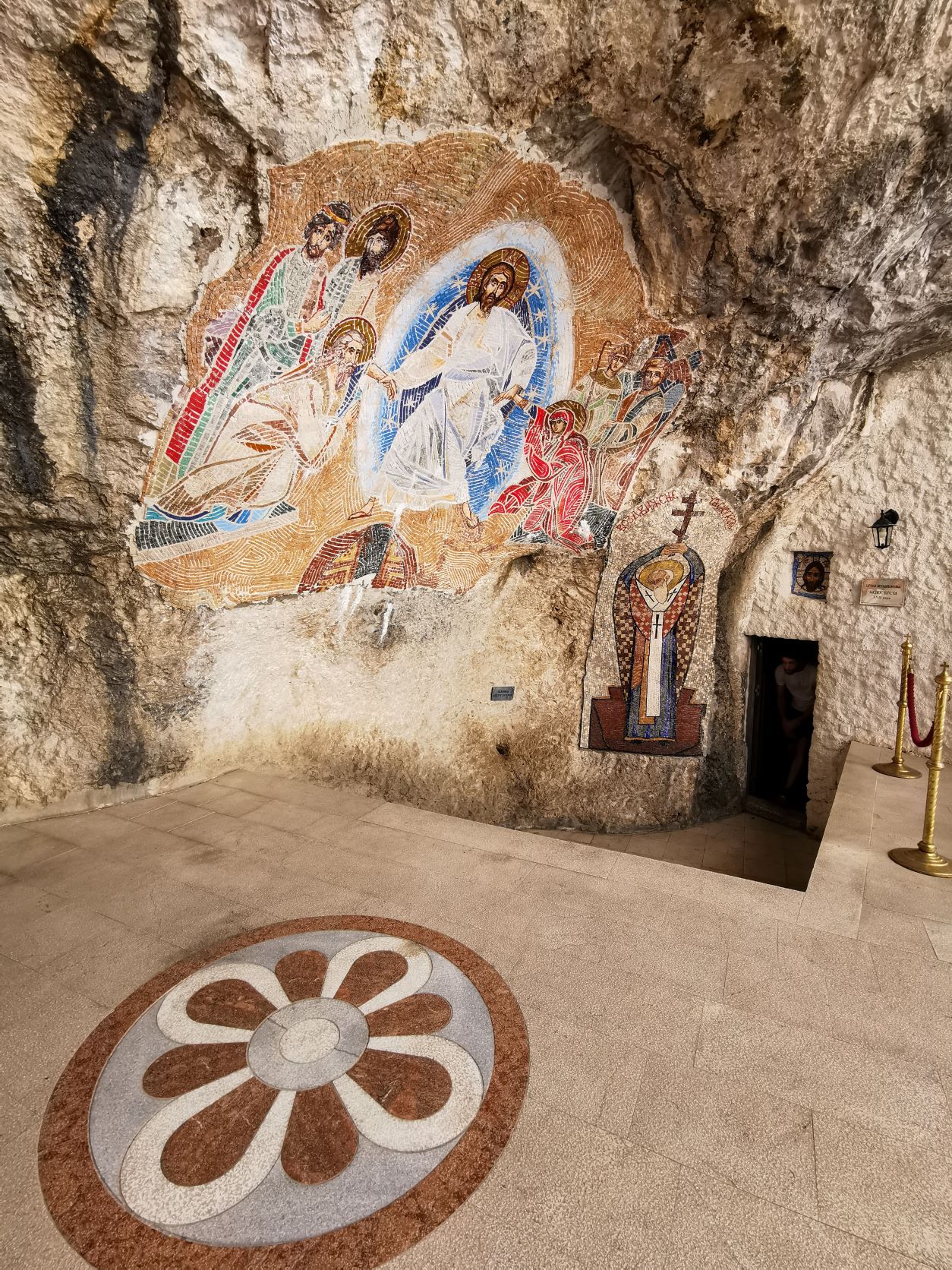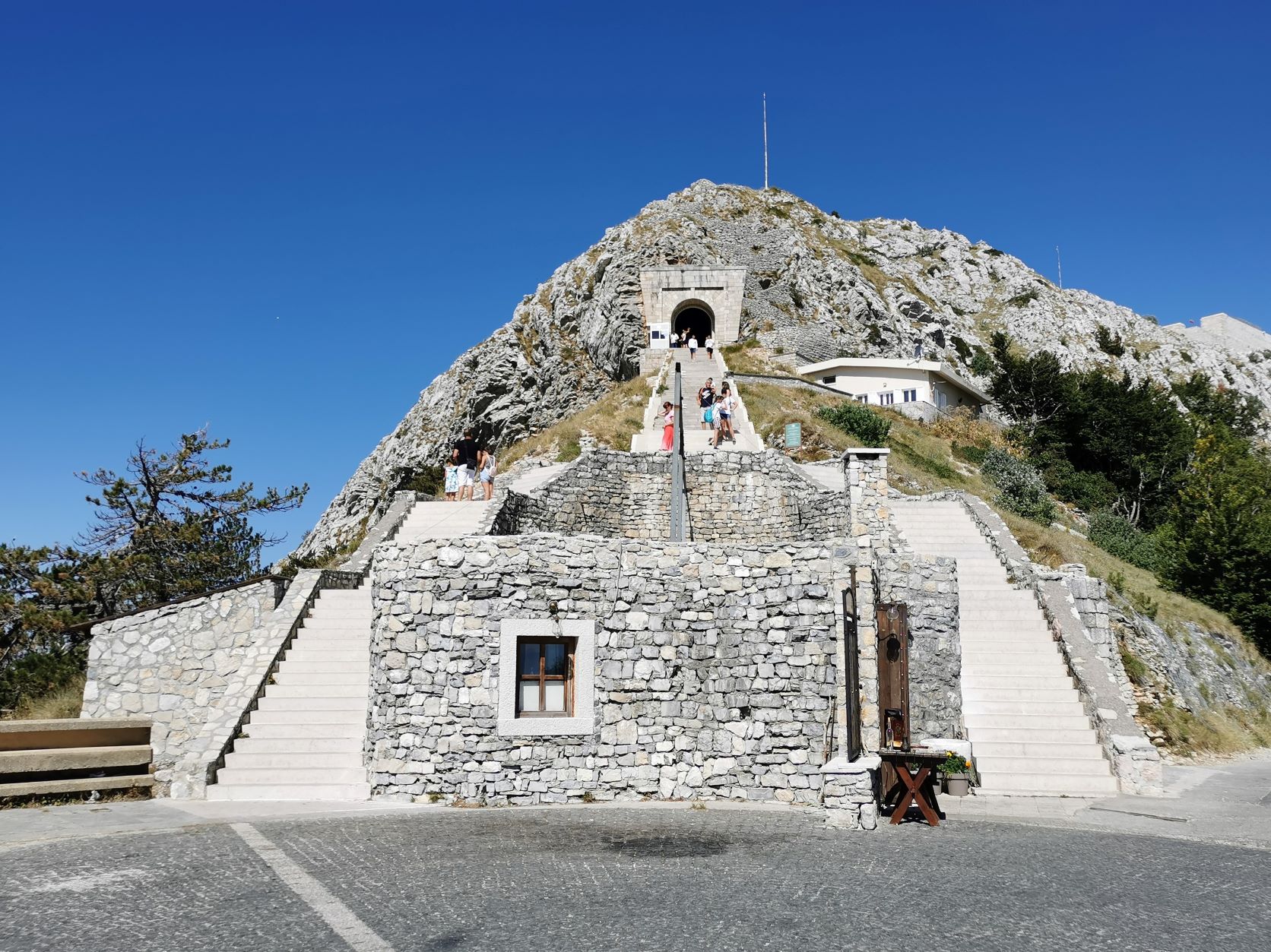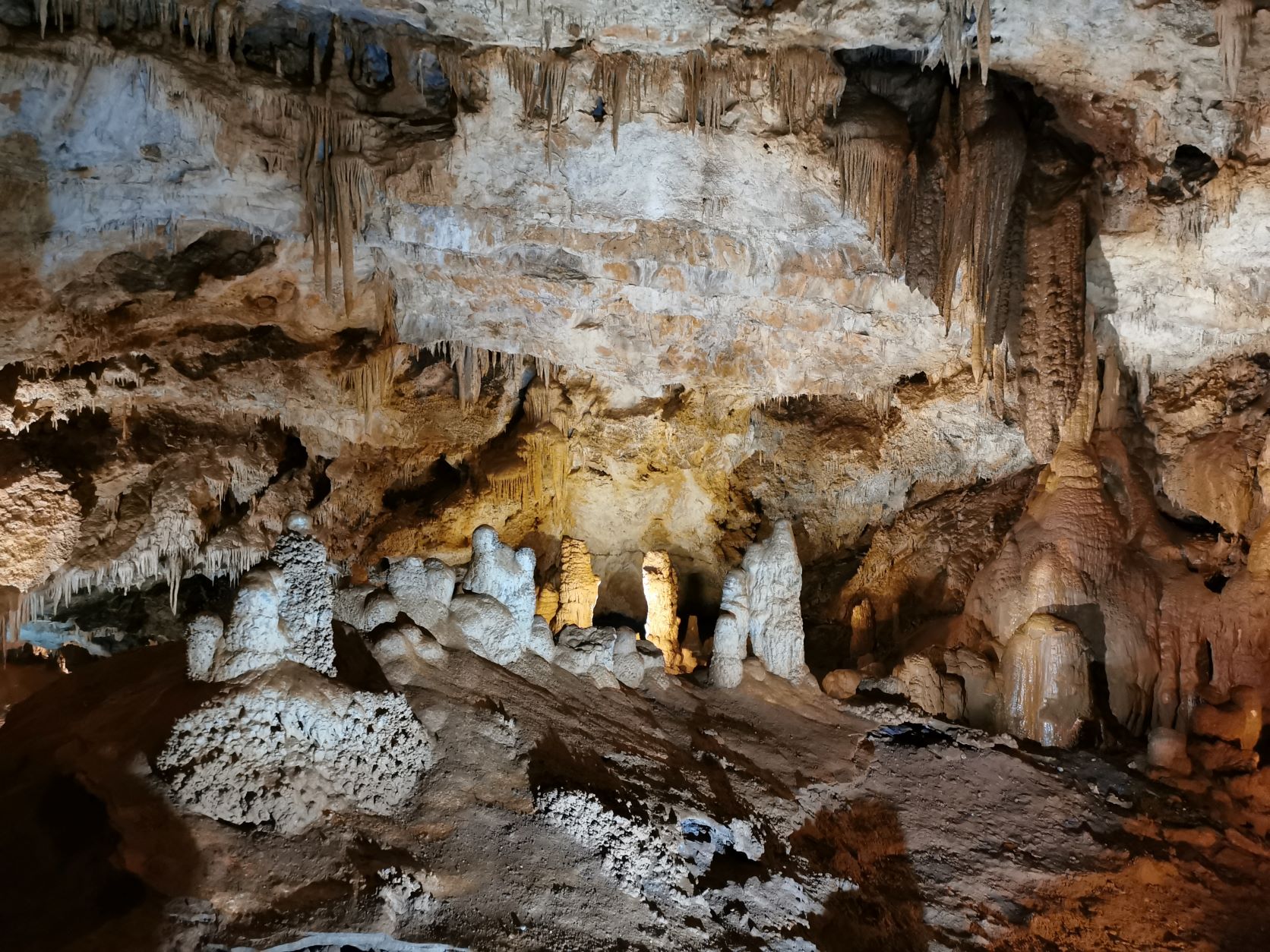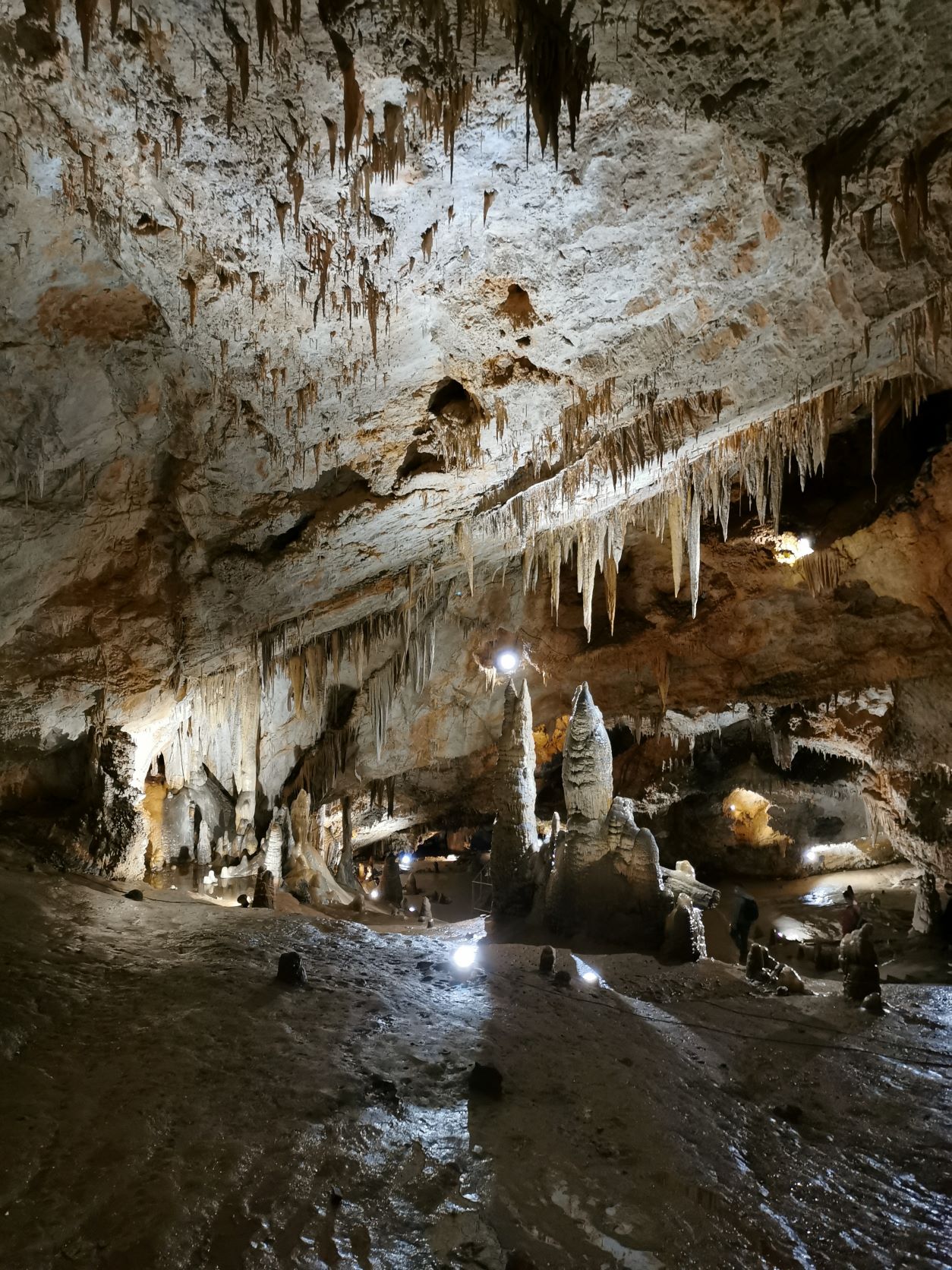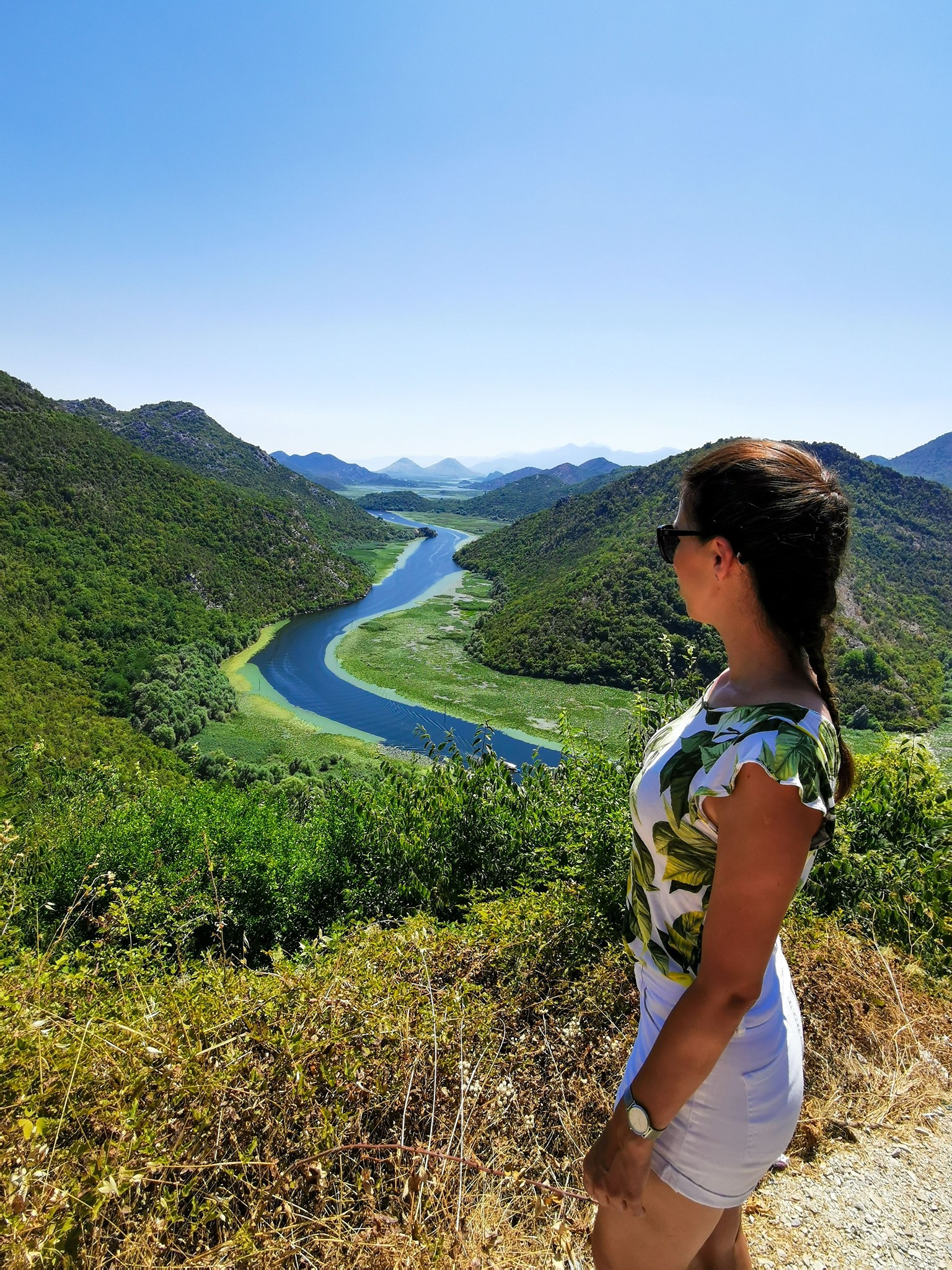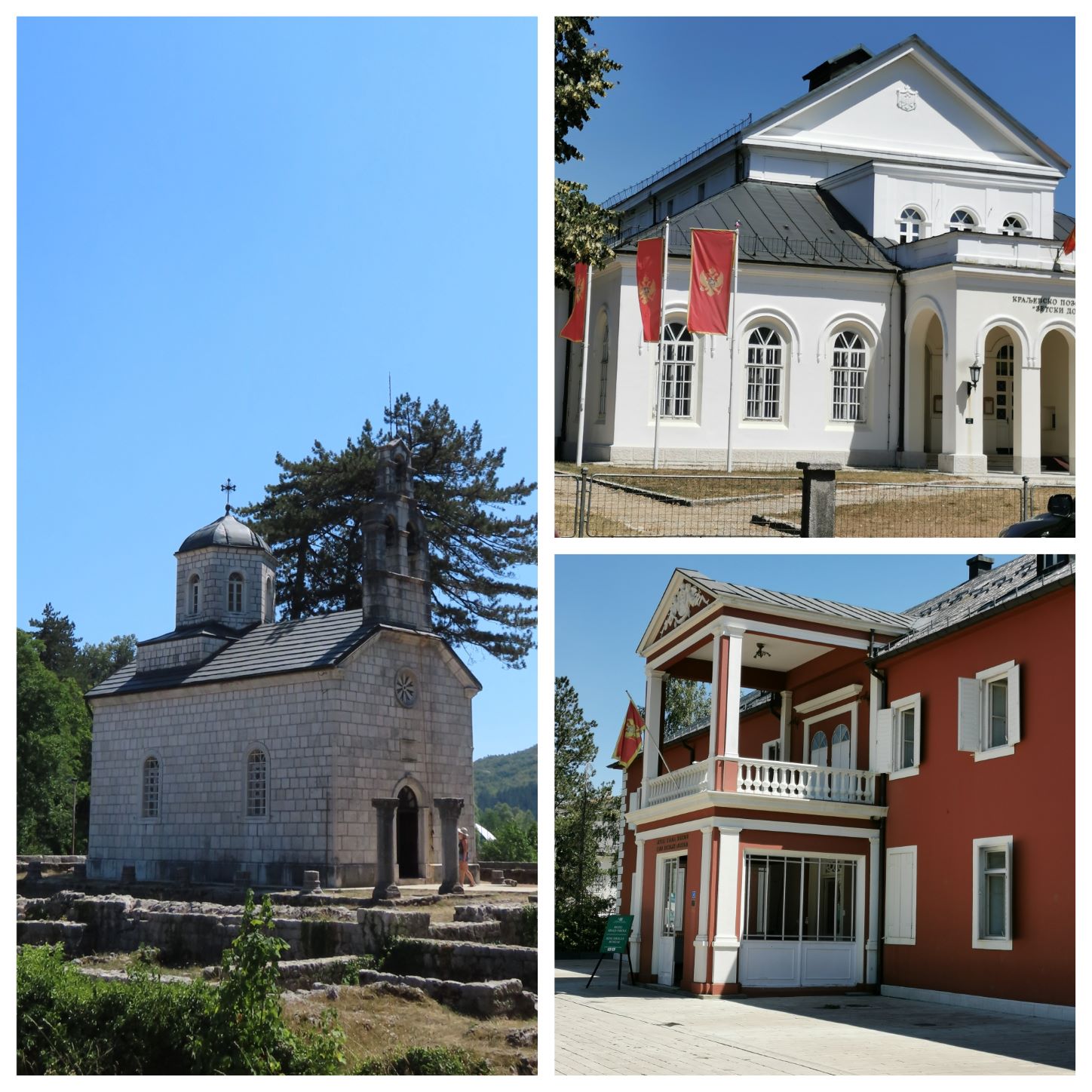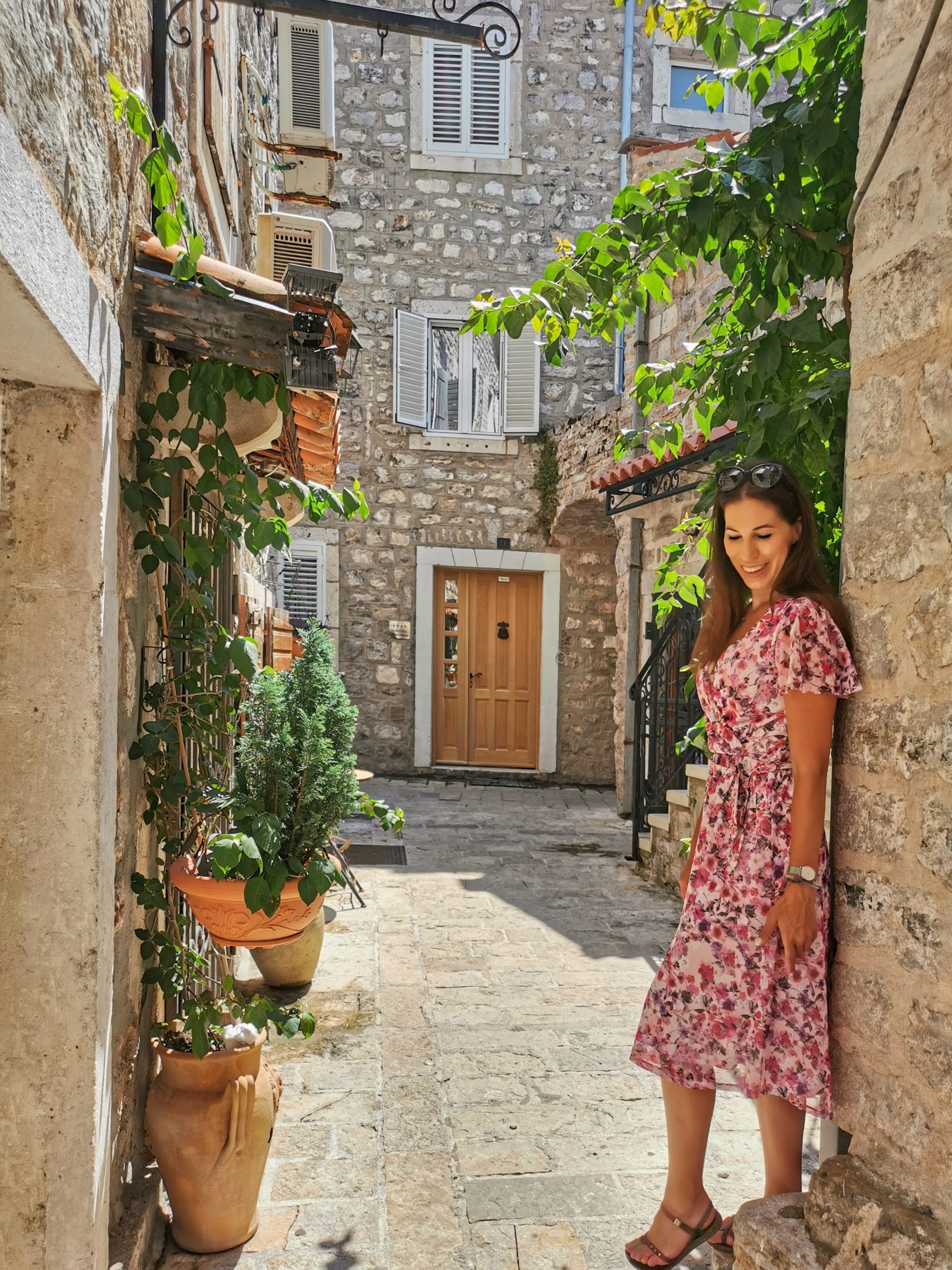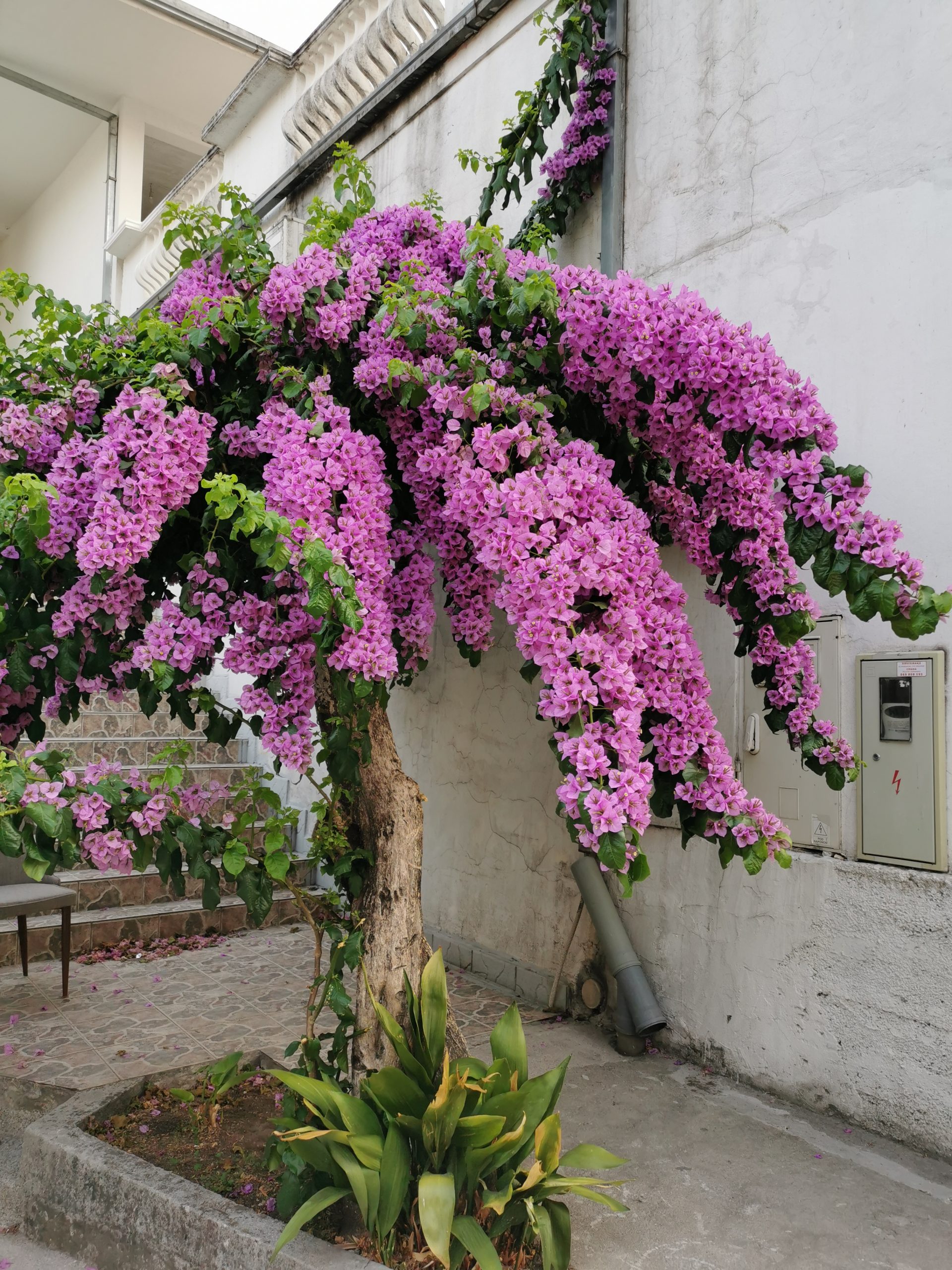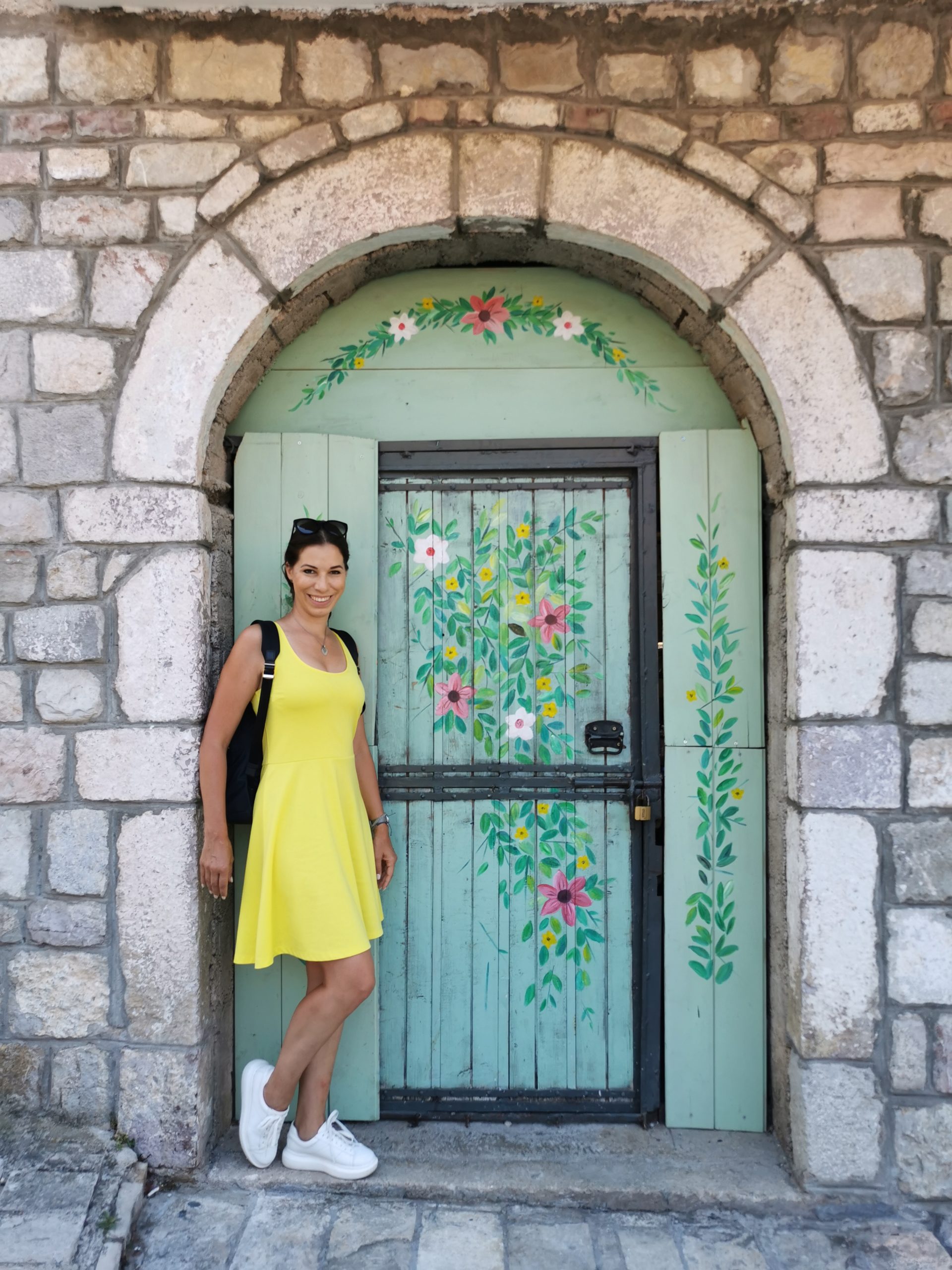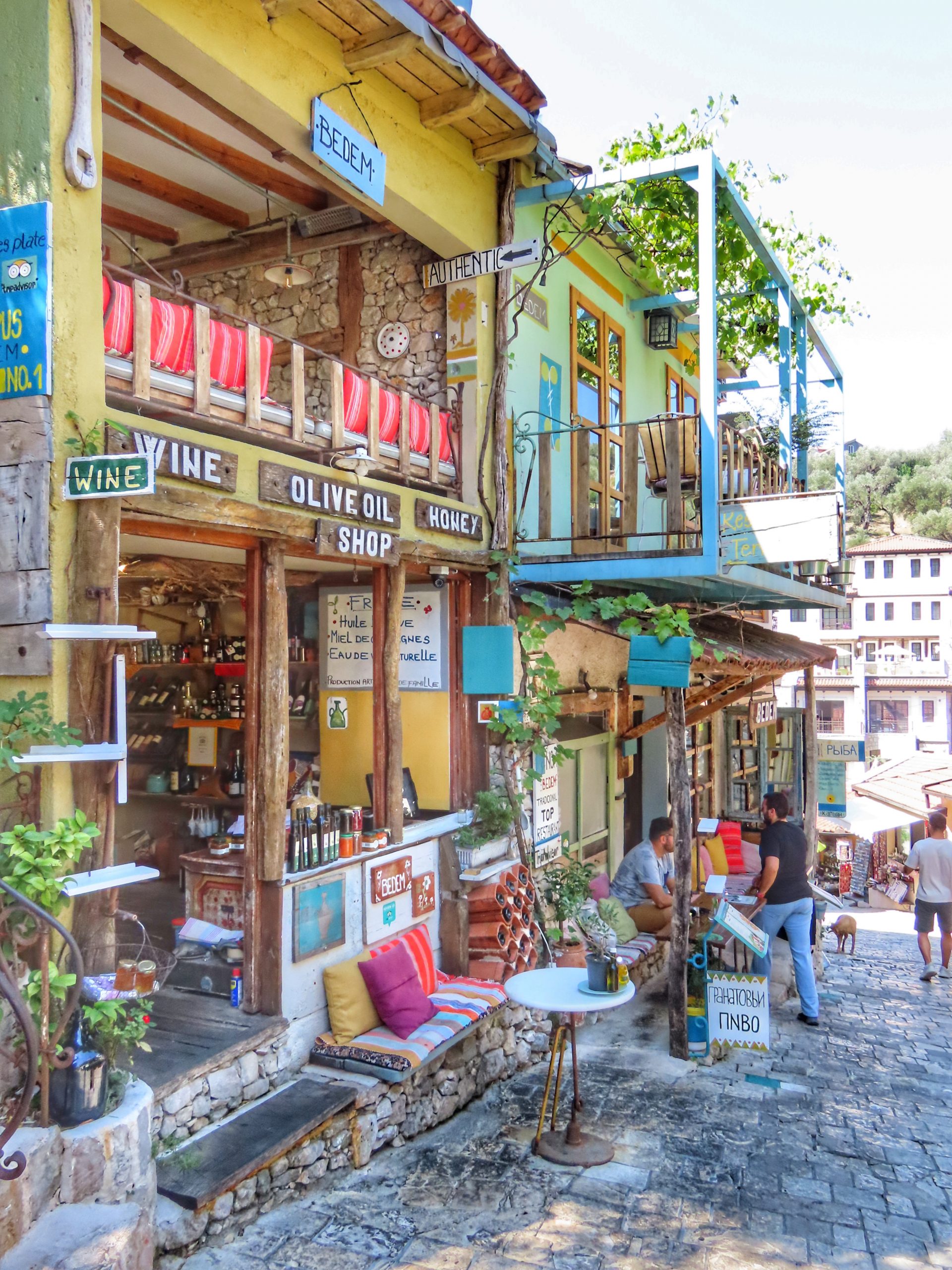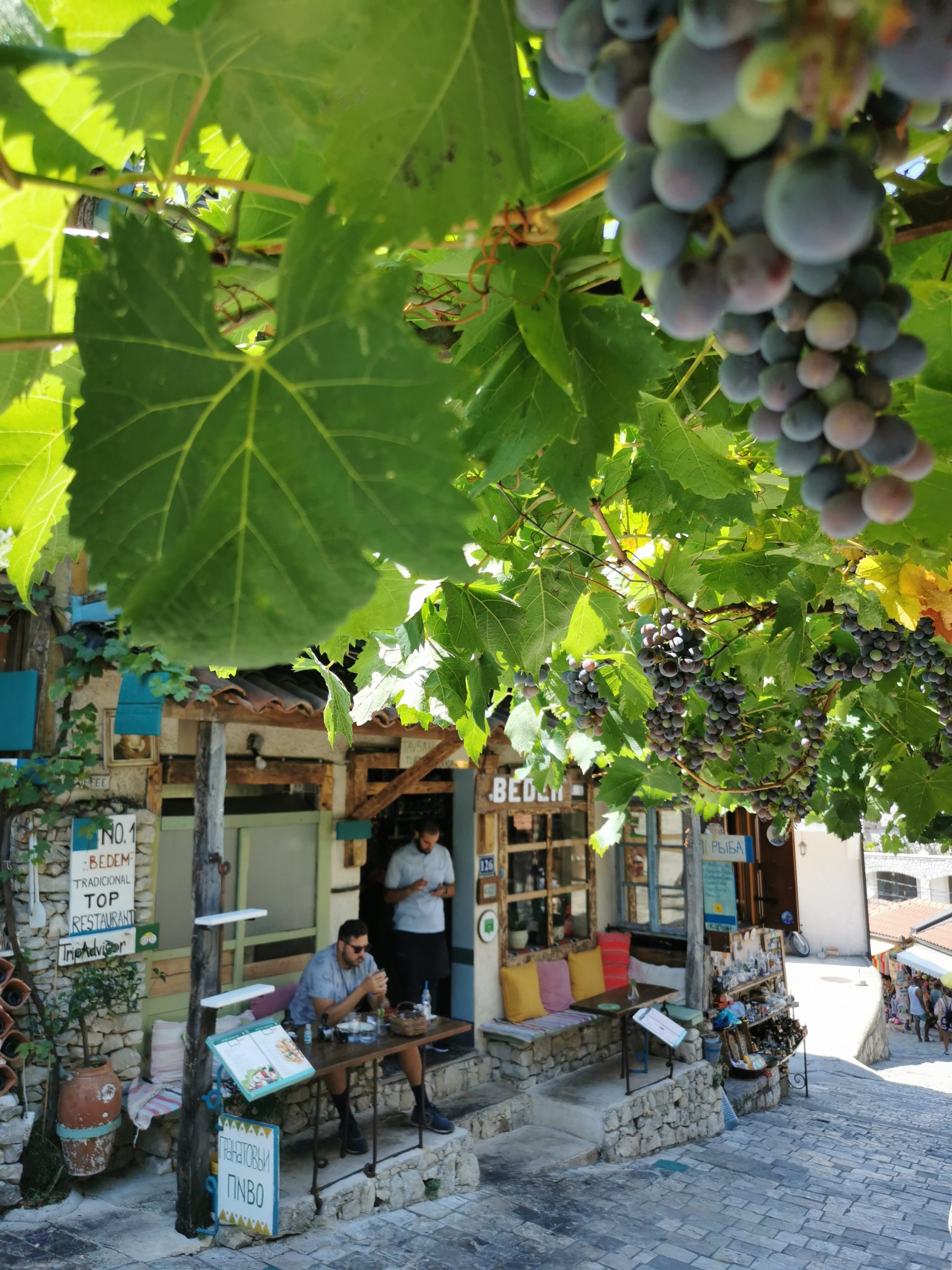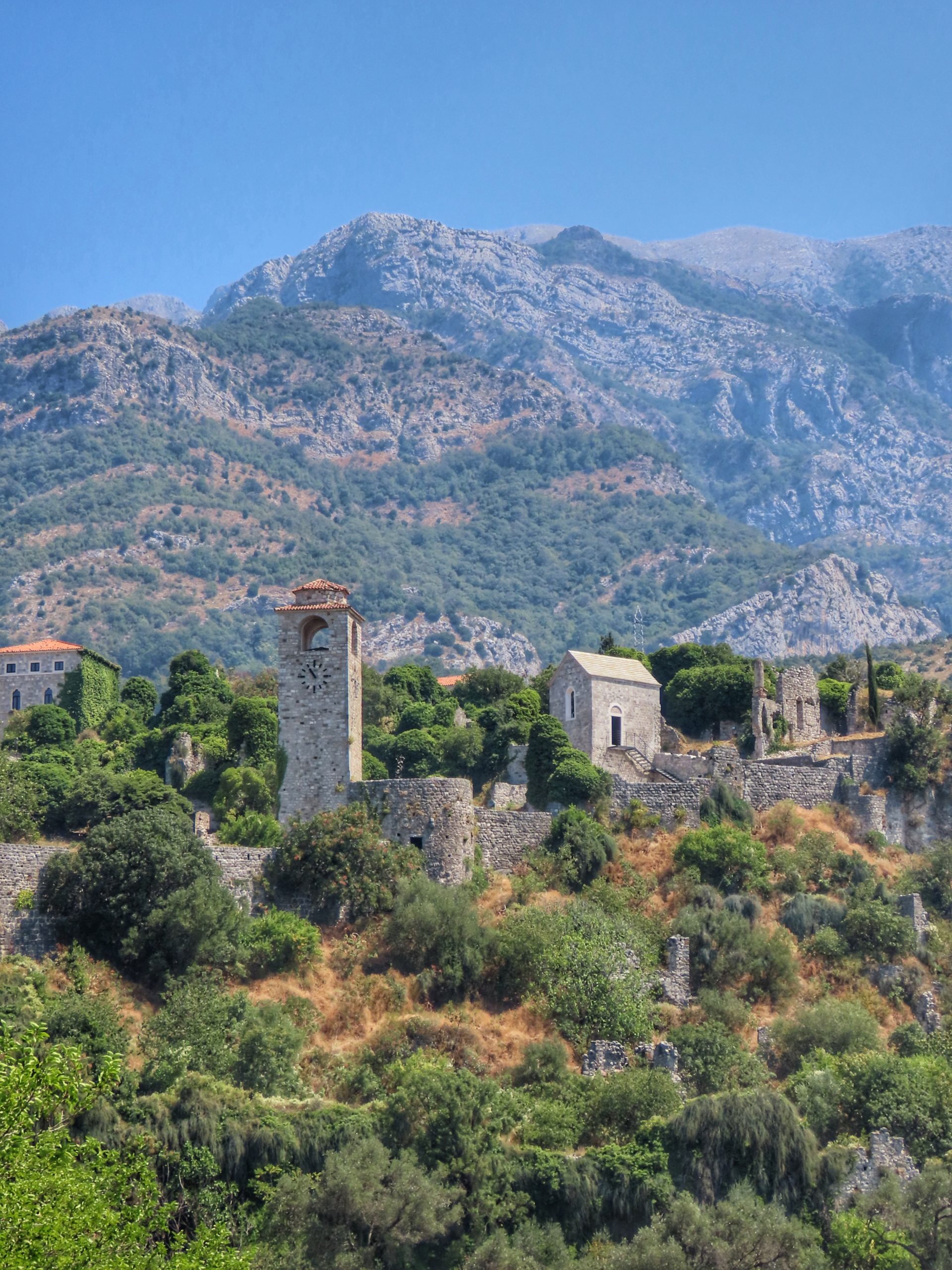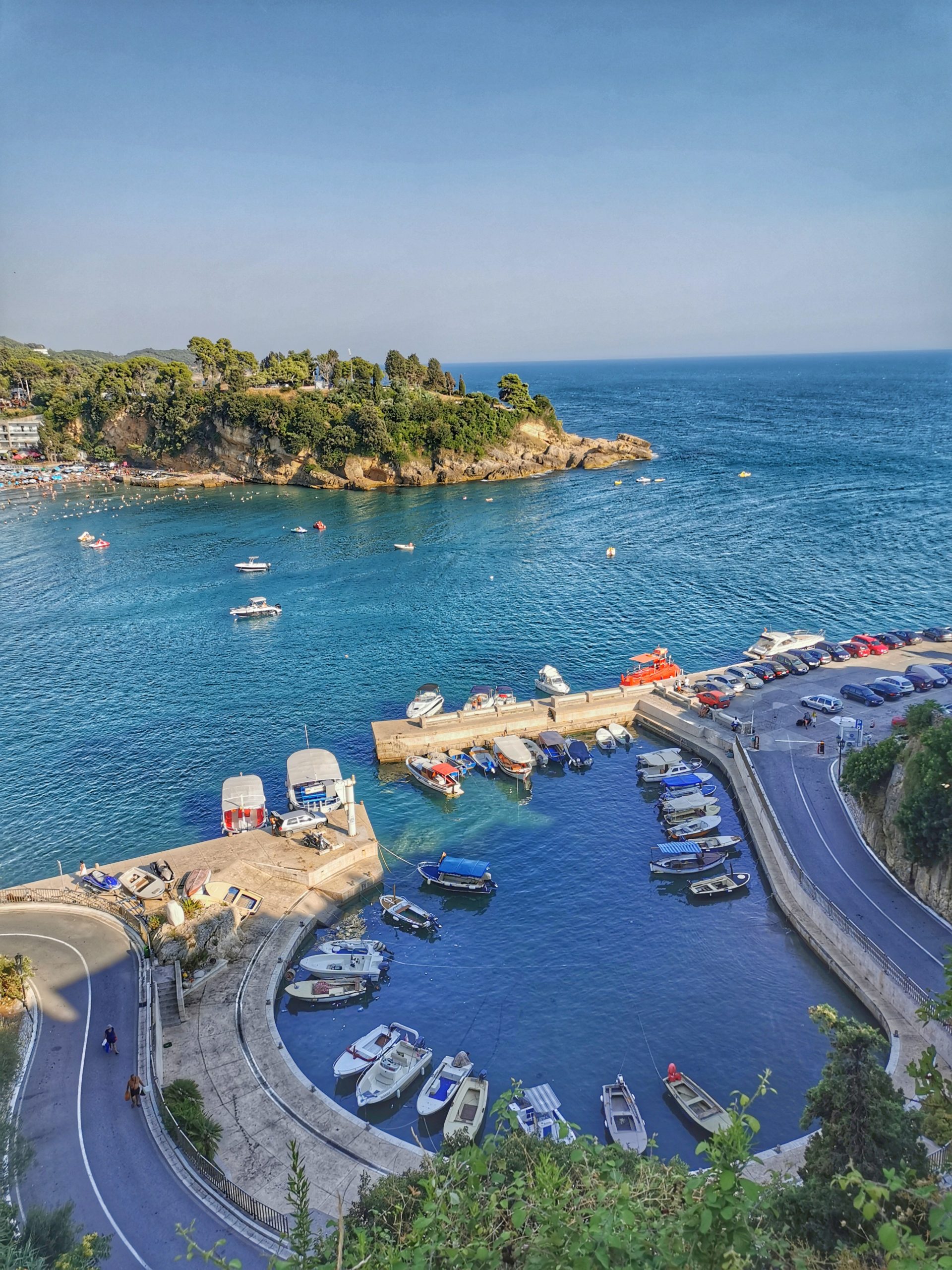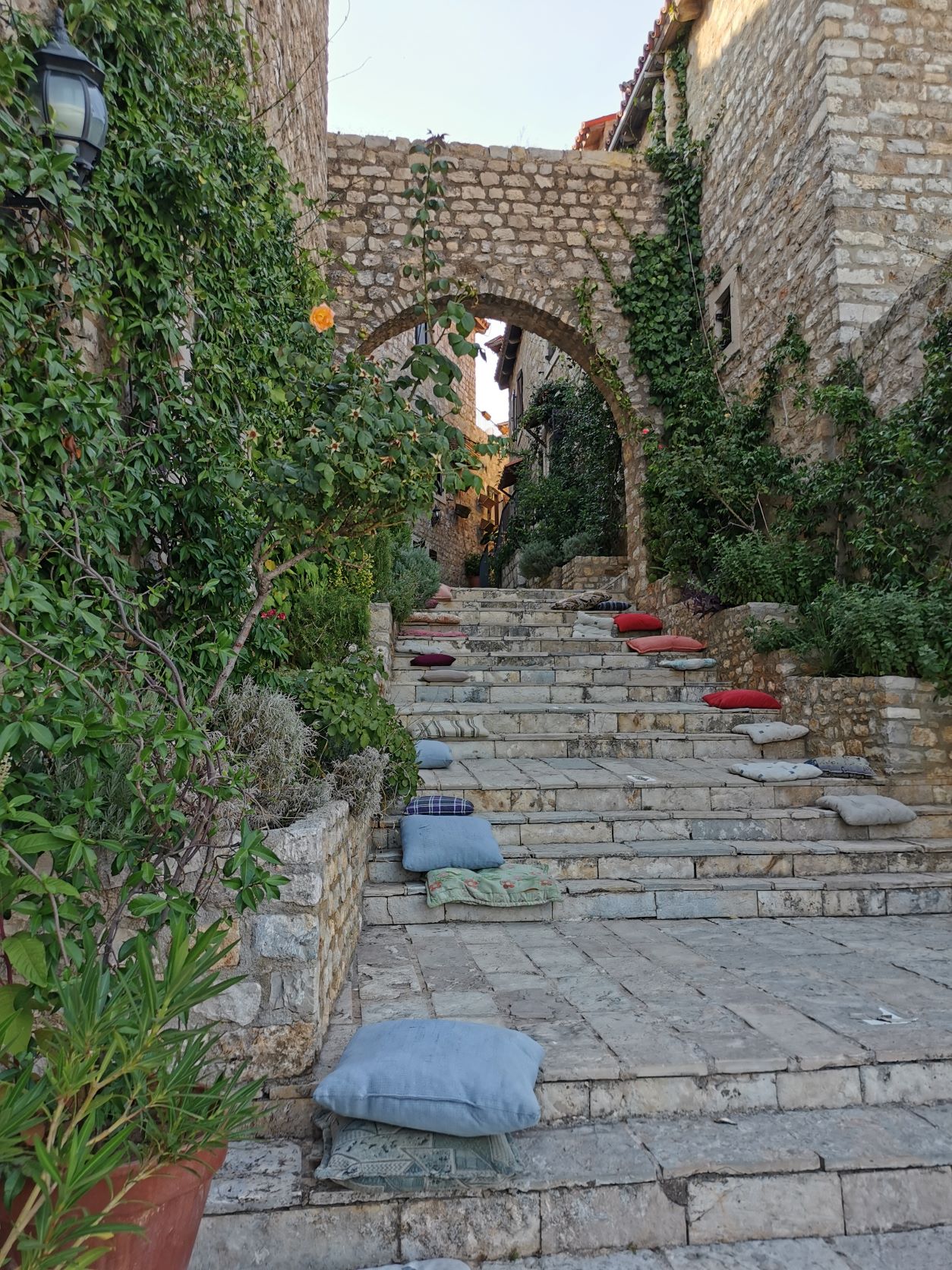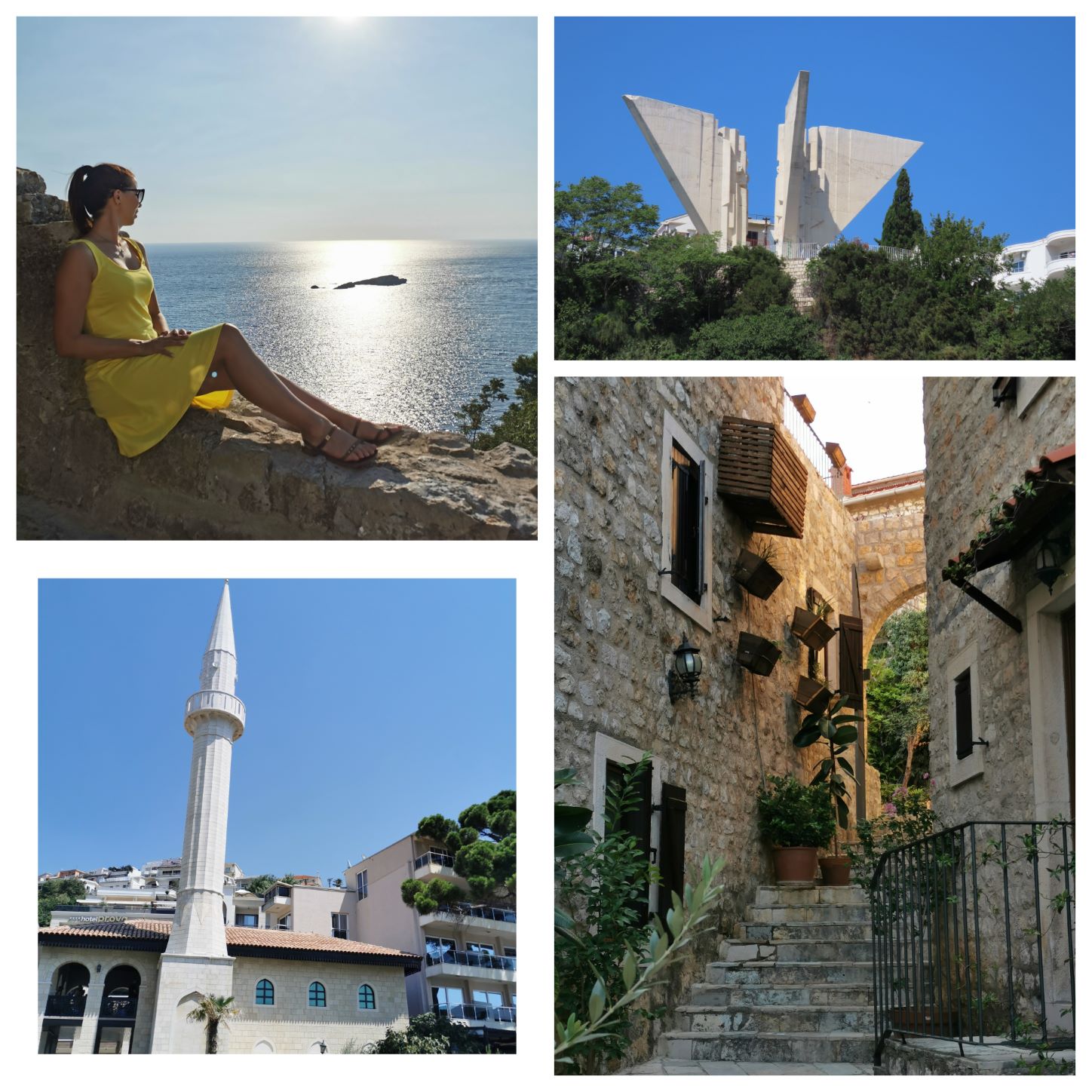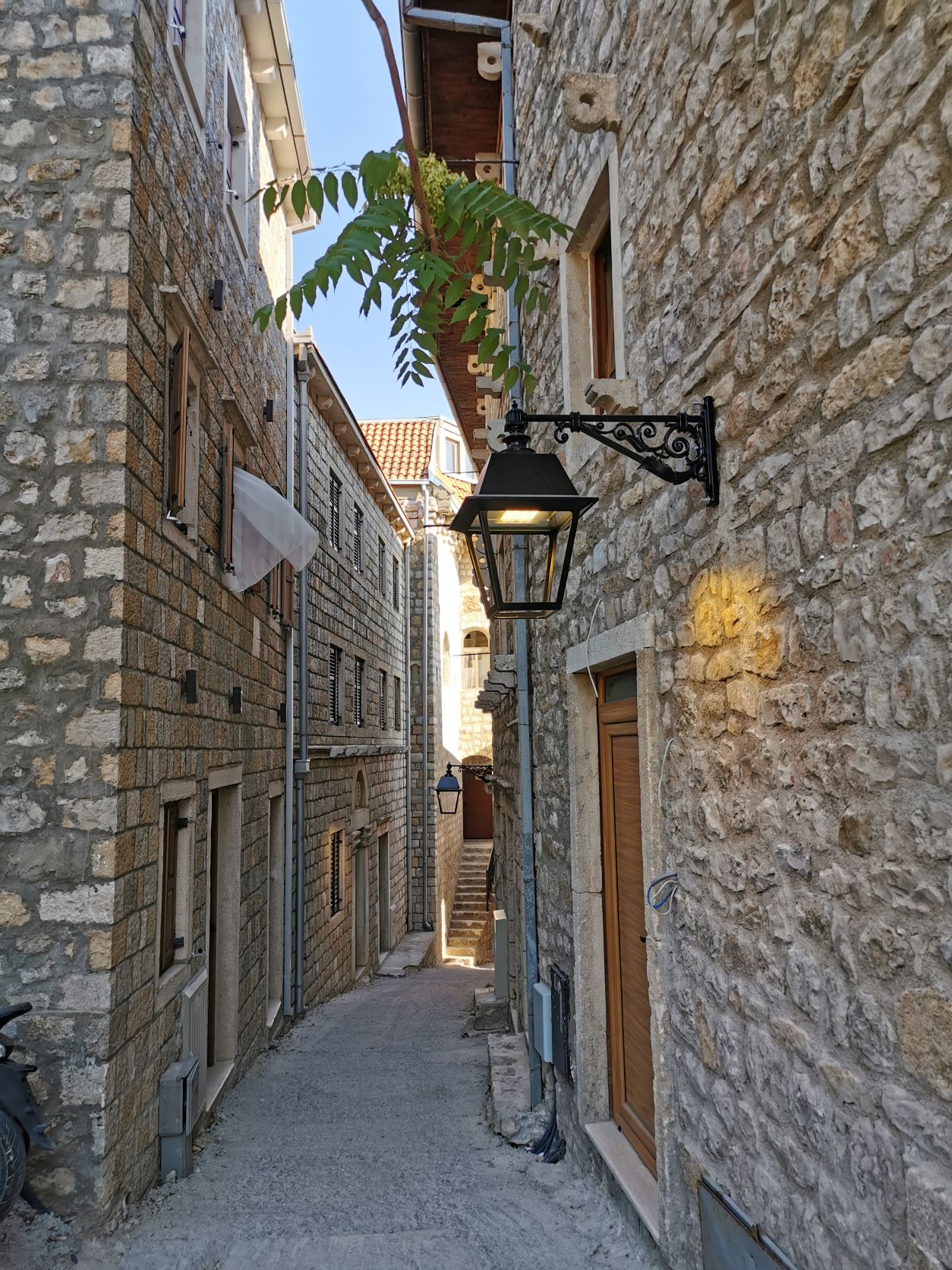Montenegro is a unique country in many ways of the Balkans. Only forty years after Gutenberg, books with Cyrillic letters were printed here. Montenegro is the only country in the world where rifle bullets have been produced from lead letters to protect freedom. But the country also has great places for travellers.
In a day, you can enjoy the hospitality of the Adriatic Sea and hike in the mountains, where the snow does not melt even in August. You can roam the picturesque, medieval towns, but you can also kayak on the rivers with crystal clear waters in the second deepest gorge valley of the world.
Montenegro is a real treasure chest from which everyone can take whatever she wants. I spent a week here and discovered the main attractions of this colourful country of the Balkan.
Durmitor National Park
An unmissable program for nature and hiking enthusiasts is a visit to Durmitor National Park. It is under UNESCO World Heritage protection since 1980 with its 39,000 hectares of almost untouched land. The dominant rock mass of the park is the eponymous Durmitor Mountains, with the 2522 m Bobotov Kuk, the third highest mountain peak in Montenegro.
In the area of the national park you will find several glacial lakes (17) and 22 other rock peaks, some of which are covered with snow in summer as well. The place gives home to most popular ski resort in the country, but Žabljak is also full of life in the summer season. I came here mainly for hiking, and to enjoy mountain adventures. I hiked only a 13 km long track, but it was pretty hard, though I am a regular hiker and have a good physical condition.
Although the terrain is described as moderately difficult in some places, it is difficult in my opinion. Plan at least a day for it and prepare with the right amount of food, fluids and equipment for the hiking. The route leads from Sedlo through the Bobotov Kuk to the Black Lake. The track can be downloaded by clicking on the button below. And let’s see the pictures of the hiking as well below.
Bobotov Kuk 13 km (gpx)The writings first mention the country in 1276 as Crna Gora, which is closely connected with its unique natural treasures. In the Middle Ages, the territory of Montenegro was covered with a denser forest. When it was misty and foggy in the morning, the high mountains reaching the sky may have looked as if they were black. That is why the country was given the name Crna Gora, i.e. the Black Mountain. The Latin equivalent of this, Montenegro, means the same, and in Western countries, the use of this name is widespread in addition to Hungarian.
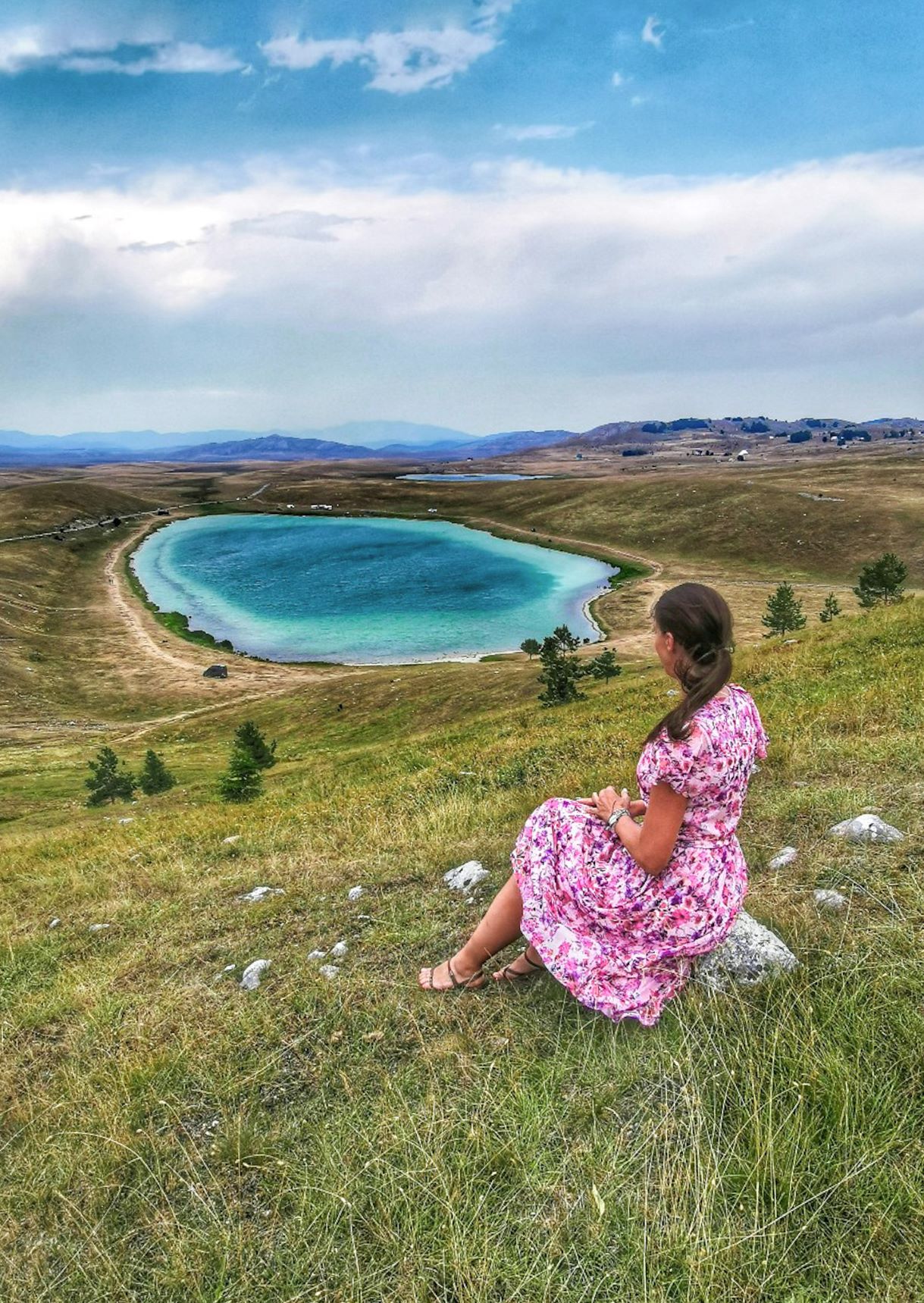
Tara Gorge
As part of the Durmitor National Park and as an attraction, the canyon of the river Tara, covering a 146 km long gorge, deserves special attention. With a depth of 1333 meters, it is the first canyon in Europe and the second deepest in the world. It offers unforgettable panoramas and adventures to those looking for active recreation.
A bejegyzés megtekintése az Instagramon
There is a possibility of wild water rafting on the 80 km section of the river Tara, which I tried here for the first time in my life. In August, the water level in the river was quite low, unlike at the end of spring, so luckily I didn’t have to worry about getting in the water. Bathing in the river is also possible but prepare for harder currents. You’d better to swim only at places, where the guides stop during the rafting.
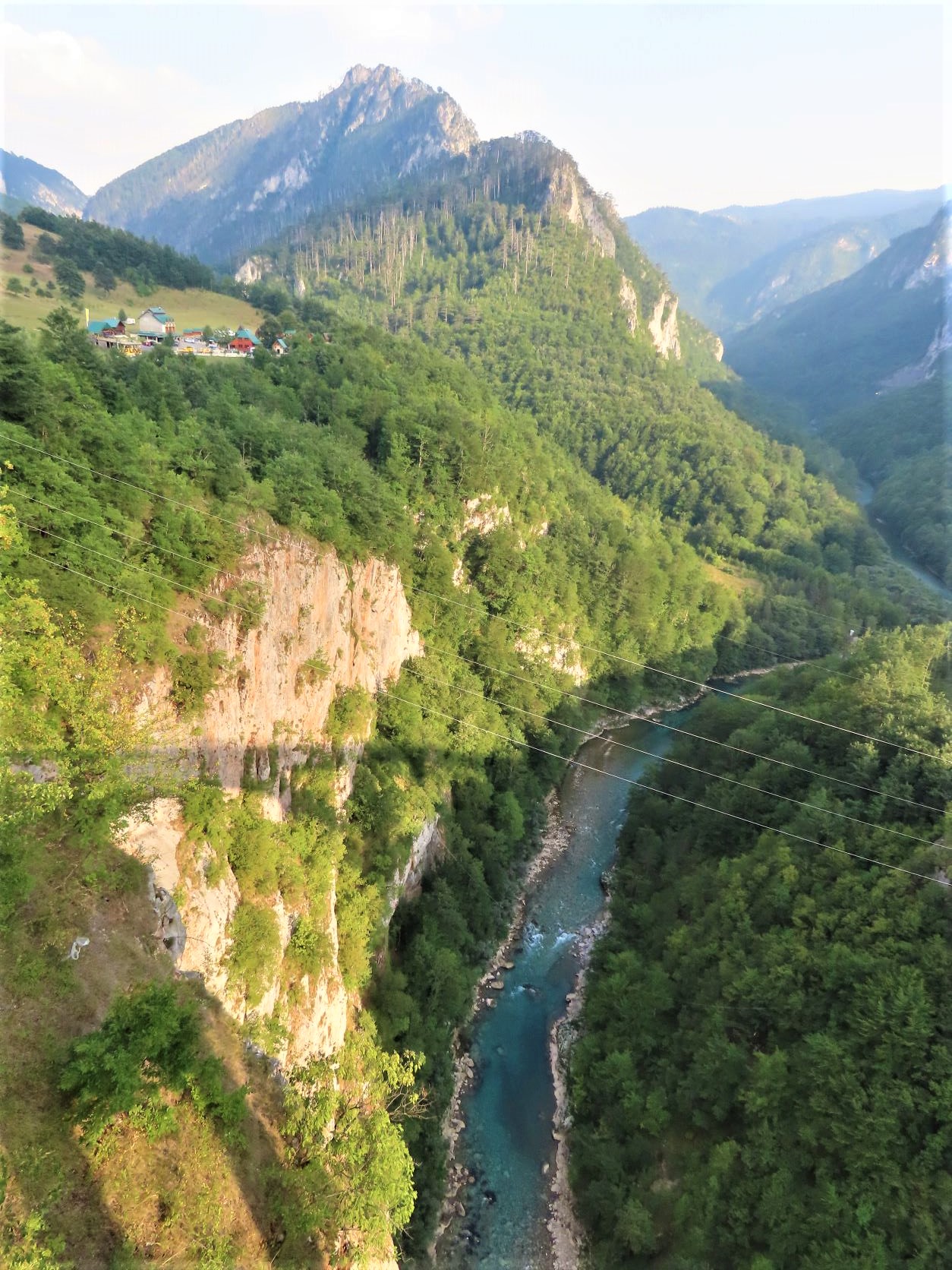
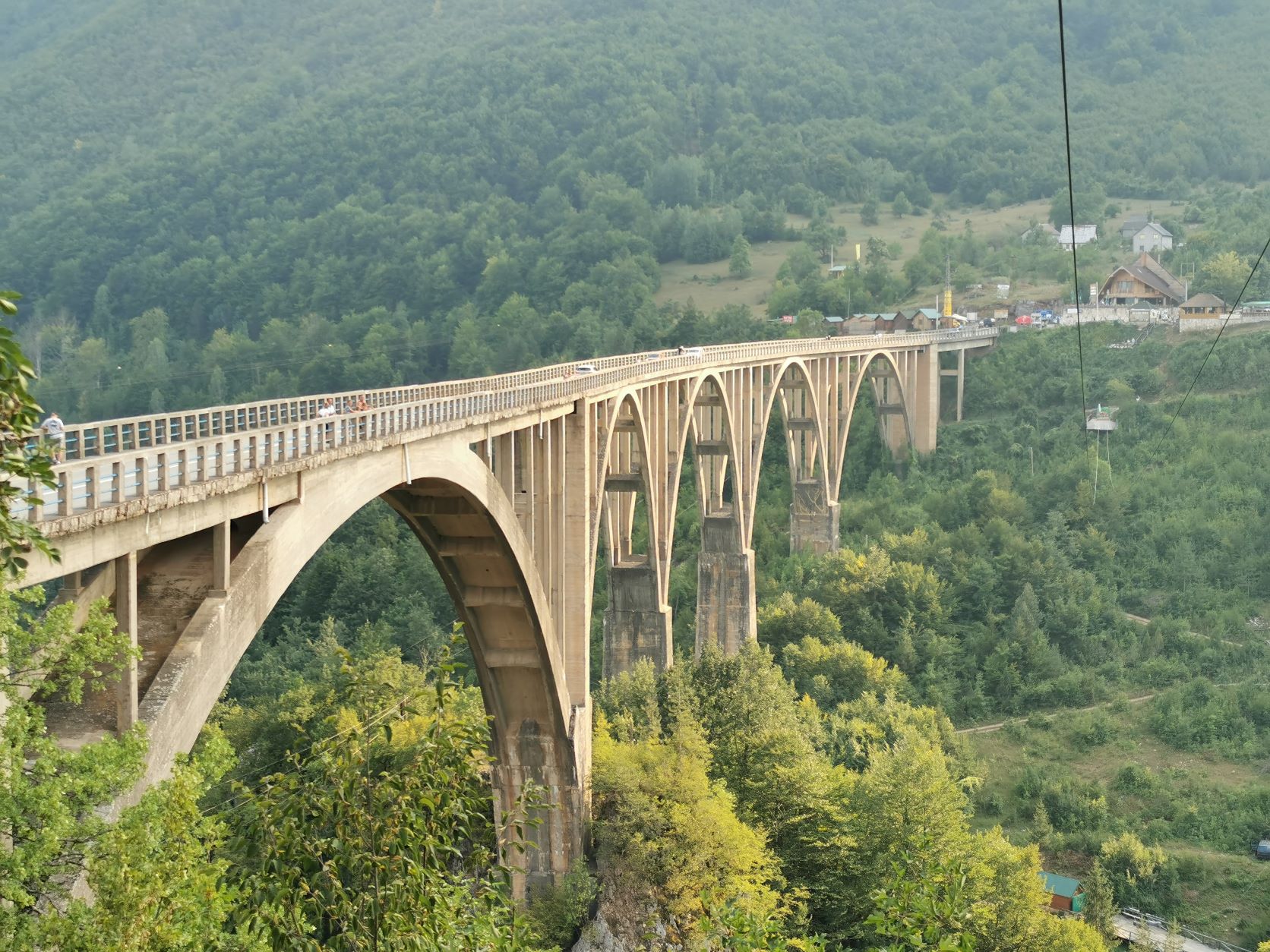
The beauties of the Bay of Kotor:
Perhaps one of the most anticipated programs of my trip was a cruise in the Bay of Kotor along with the coastal towns. With its fjord shape, the bay is unique on the Adriatic, and many of the locals call it fjord, but it really isn’t. It was not cut out by the ice floating towards the sea, it was formed by earthquakes.
A bejegyzés megtekintése az Instagramon


The beauty of the Bay of Kotor, which actually covers four inland baysis very spectacular from above. However, if you want to see it, you have to climb the panoramic road called Serpentine, which connects Kotor and Cetinje. With its 30 winding and numbered zigzags, it is one of the most beautiful but also the most daring roads in Montenegro.
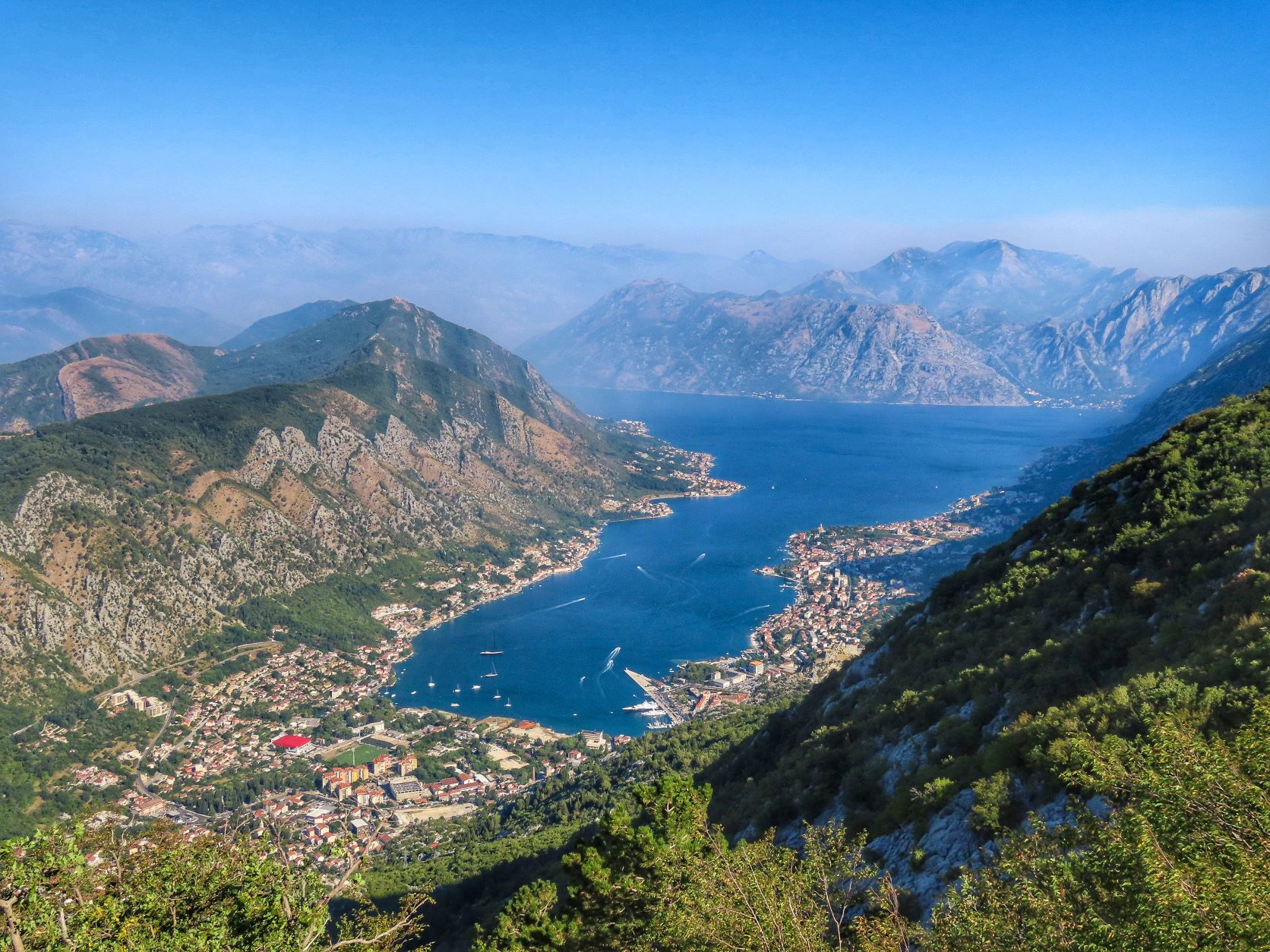
Island of Saint George (Sveti Đorđe)
Montenegro has 300 km coastline but only a few islands, which are mainly uninhabited. However, in the Bay of Kotor you can find two small islands opposite the town of Perast. One is named after the patron saint of the bay, St. George, while the other is the Lady of the Rocks with a nice church.
Perast
The settlement, located at the foot of the 837-meter-high Mount Sveti Ilija, was repeatedly attempted by the Turks, but never captured. Today, Perast is one of the most beautiful towns in the Bay of Kotor with its surviving Renaissance palaces, ruins covered with wild grapes, and the 17th-century bell tower.
From a few hours onwards, you can spend a day here. Not only because of the beauty of Perast, but also the collection of interesting monuments, the mix of cultures and religions, and the atmosphere of the town.
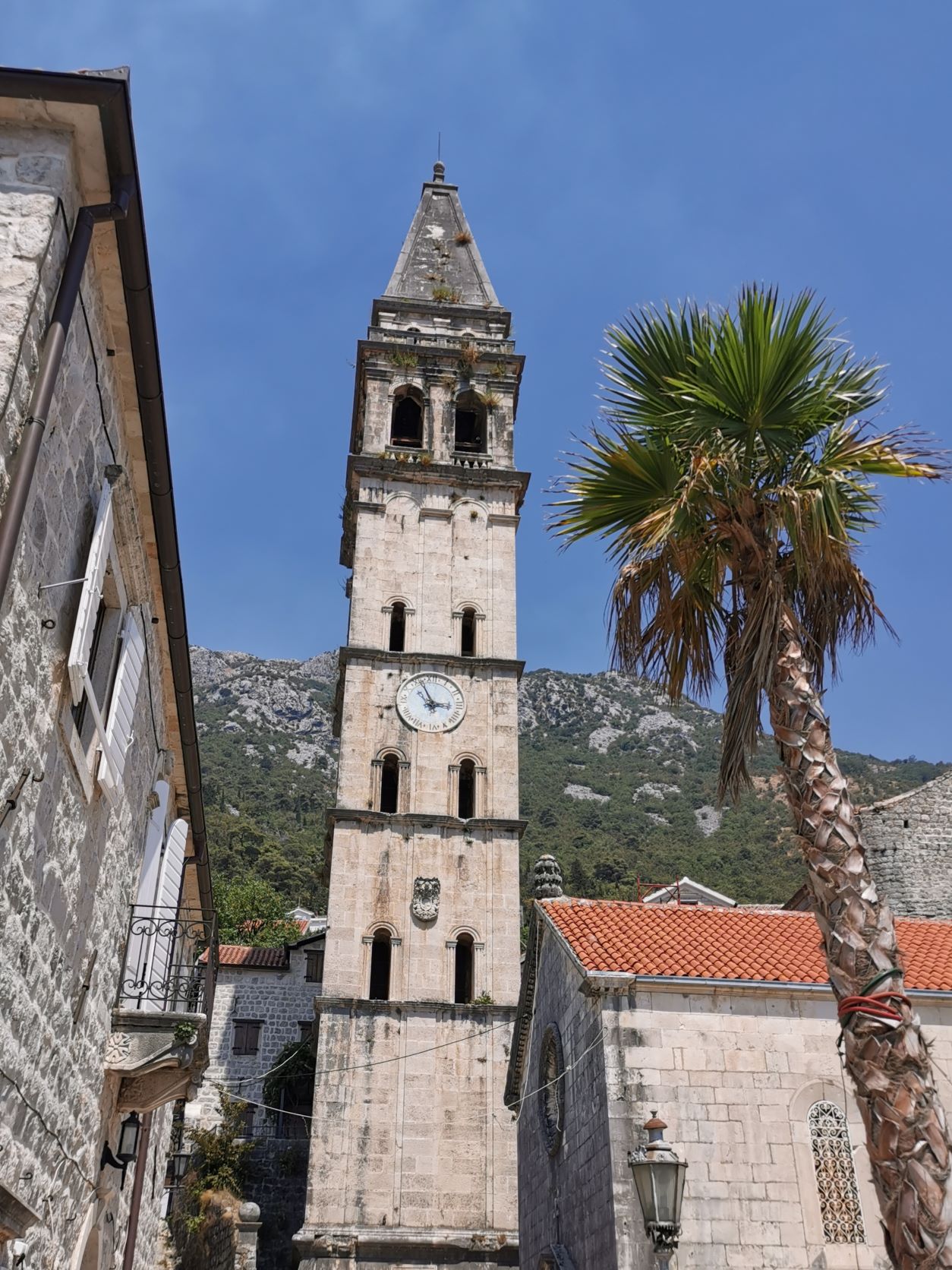
Kotor
When you hear first Montenegro’s name, you immediately think of Kotor, not by chance. Situated in a picturesque bay, the town has been a UNESCO World Heritage Site since 1979. Kotor with its charming old city is guaranteed to steal your heart.
The old town can be explored in a one-hour walk, but the ancient atmosphere and the spirit of the city will definitely make you stay longer. There is a bustling fish and vegetable market at the foot of the castle walls, while beyond them, you can see beautiful historical buildings from the 16th-17th century. Not surprisingly the whole old town of Kotor is a Heritage Site.
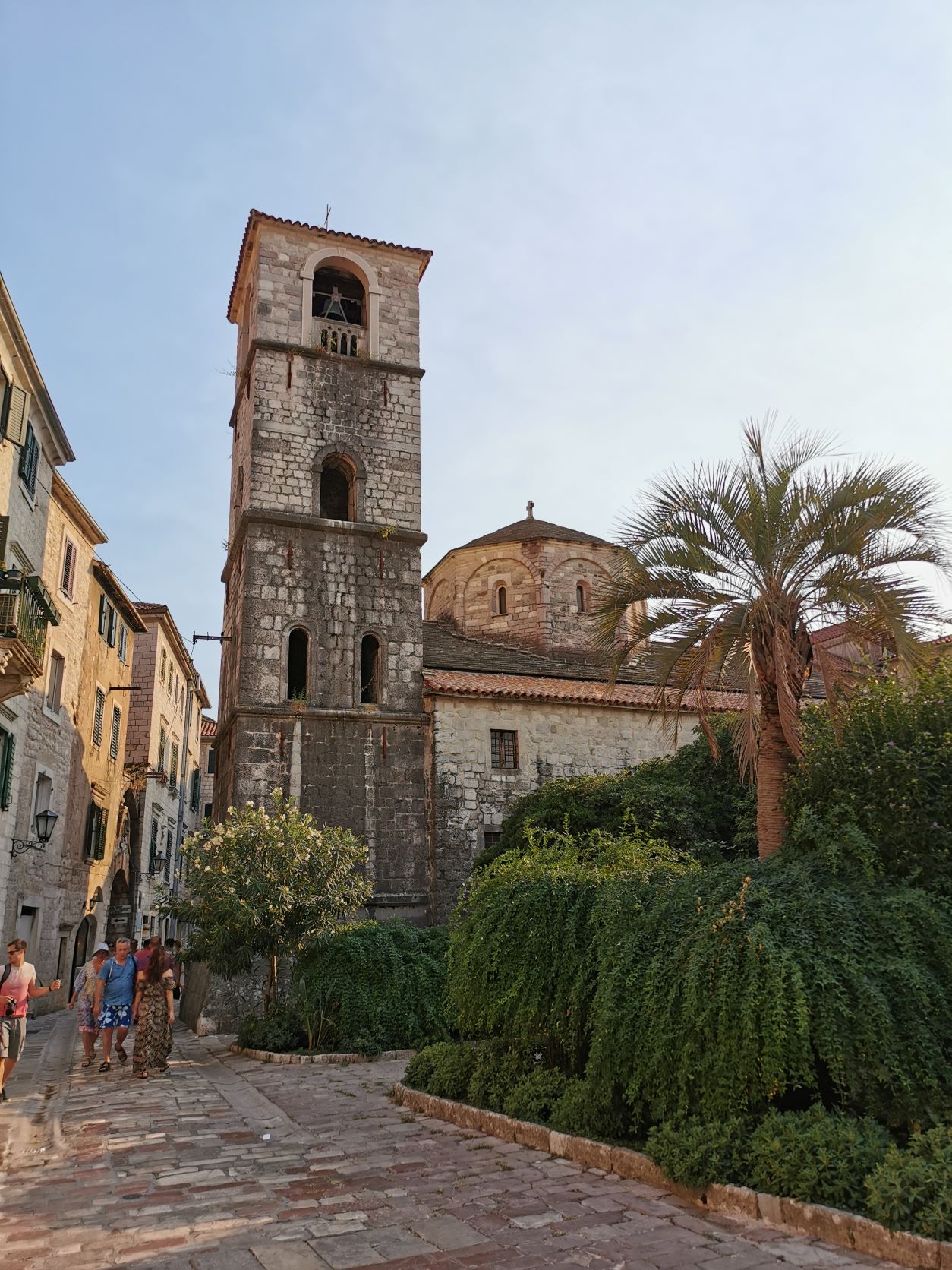
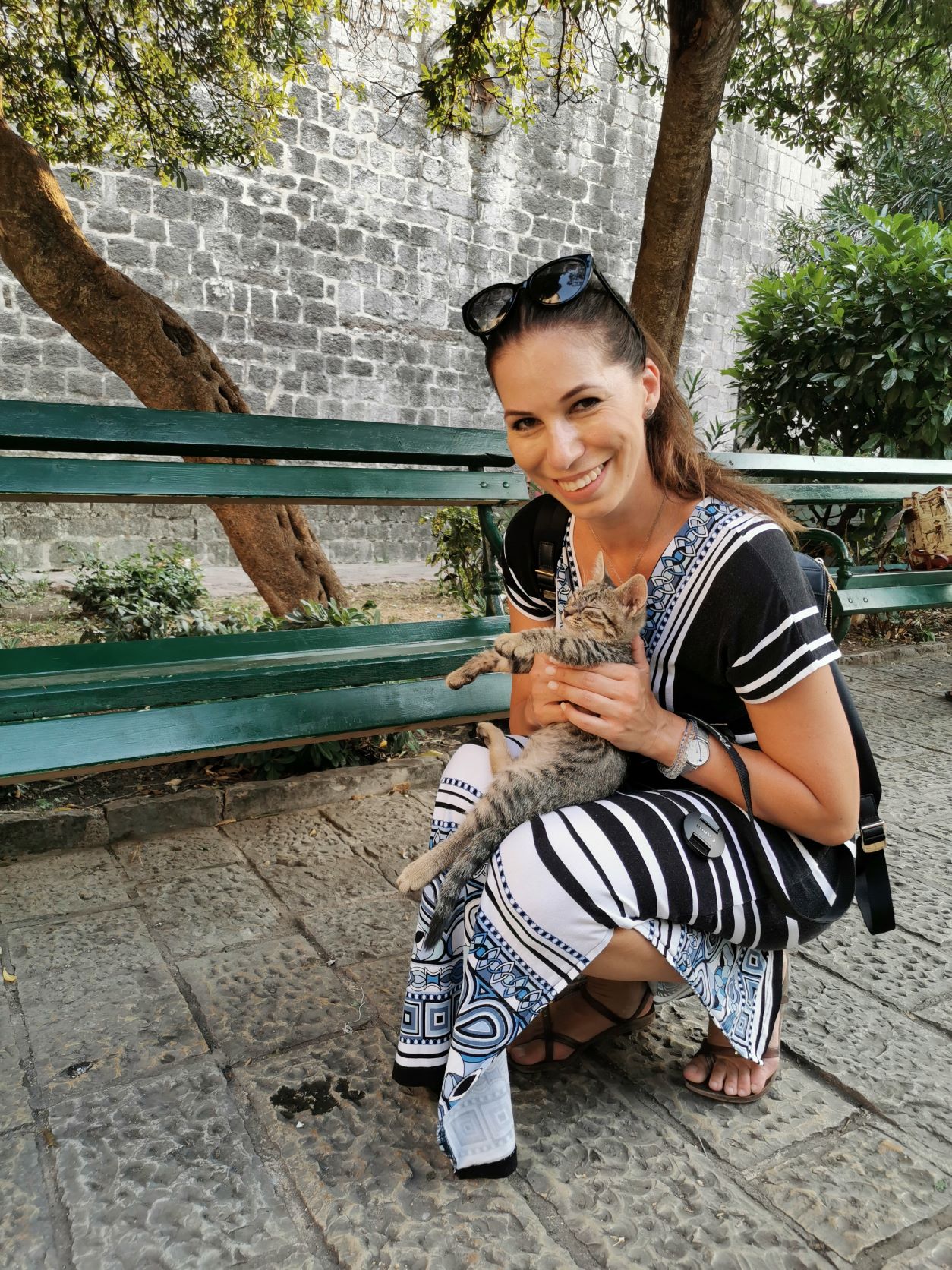

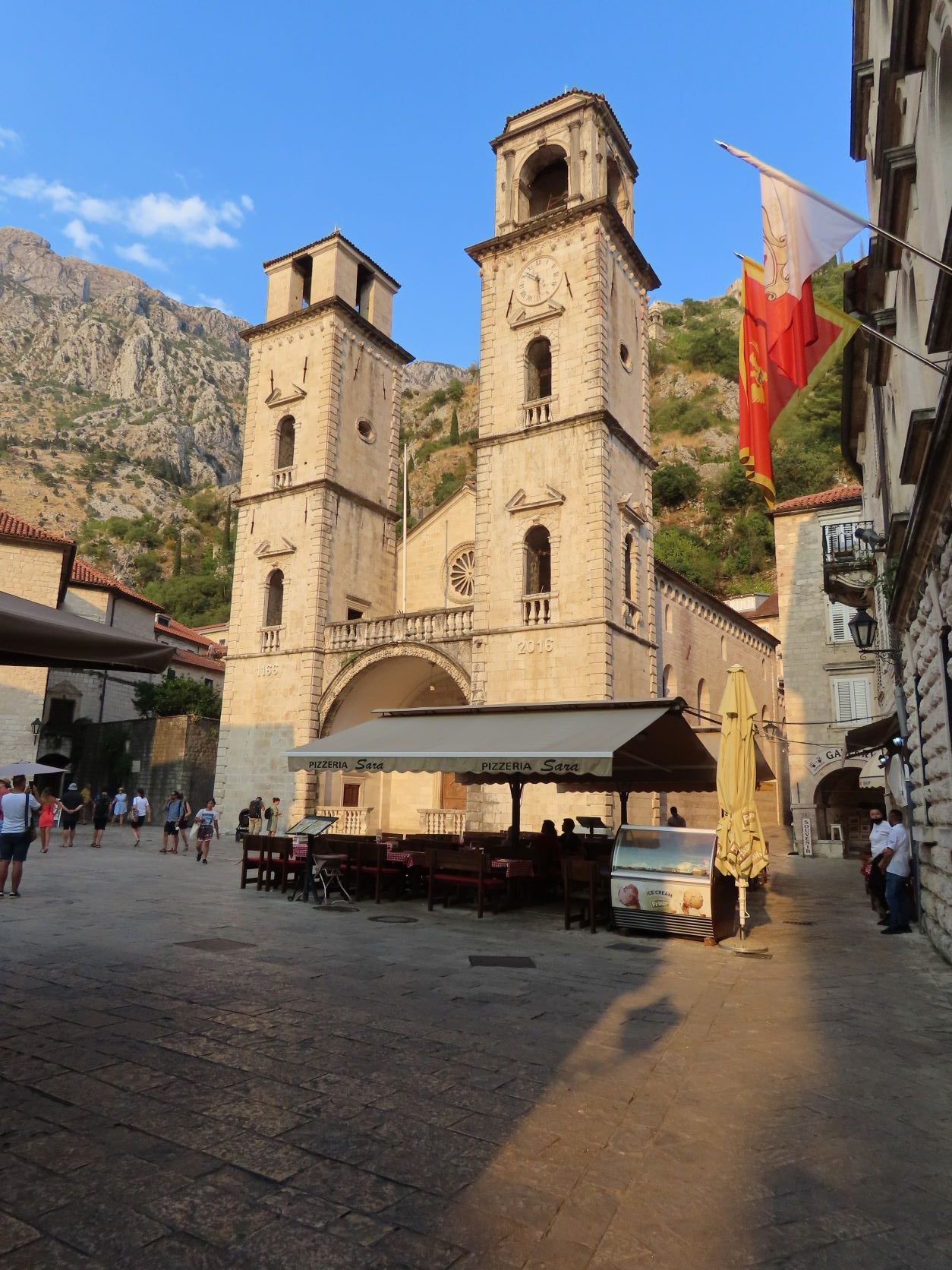
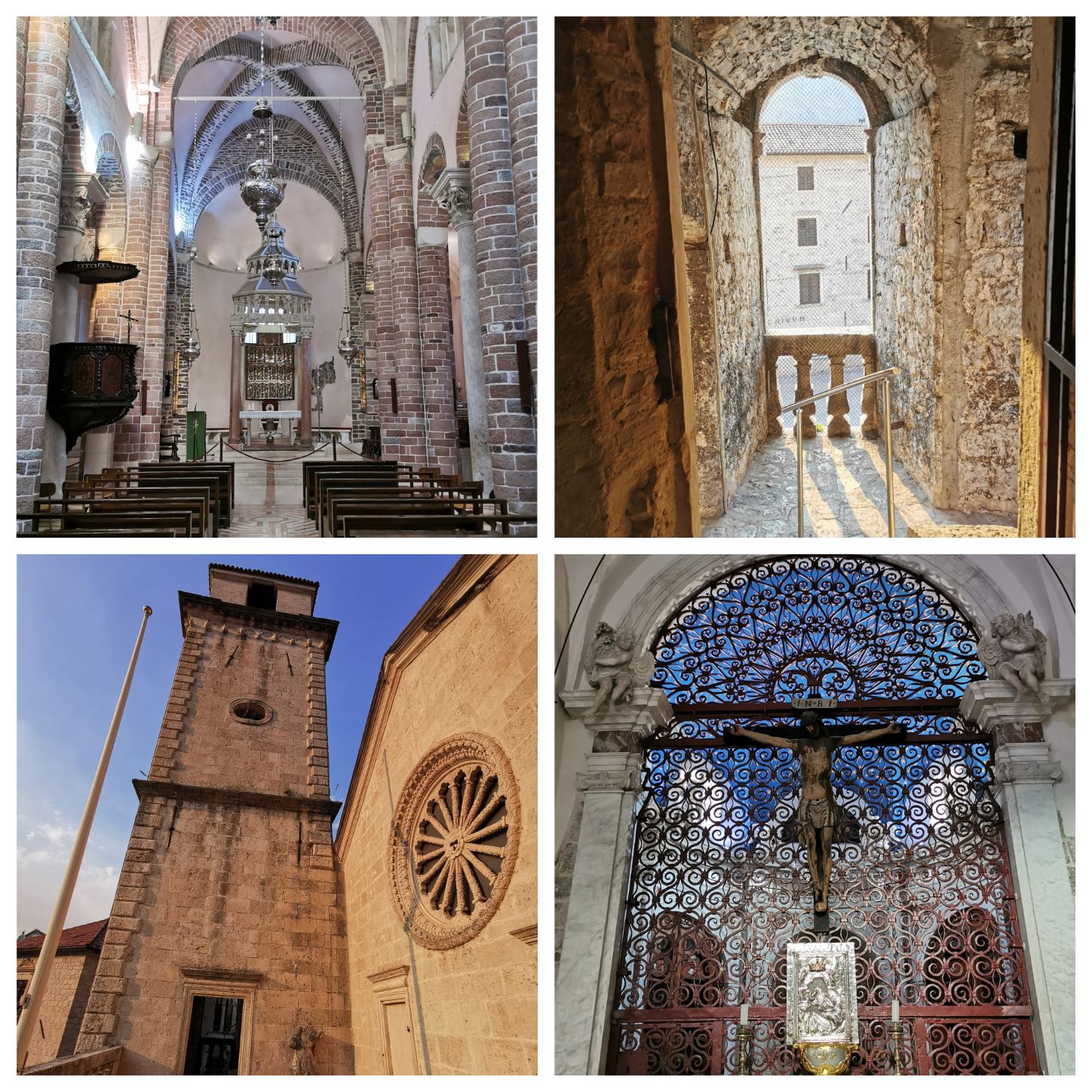

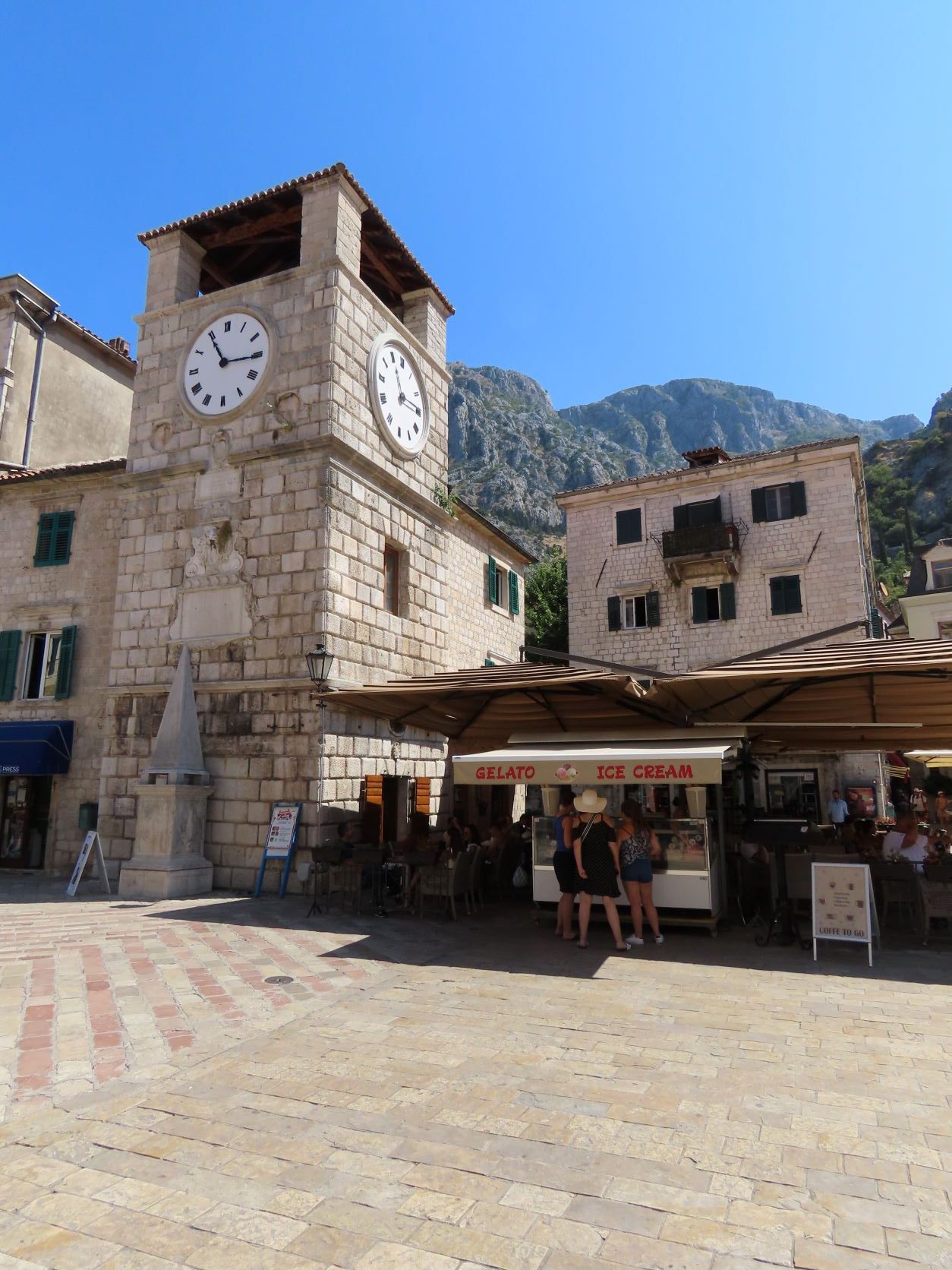
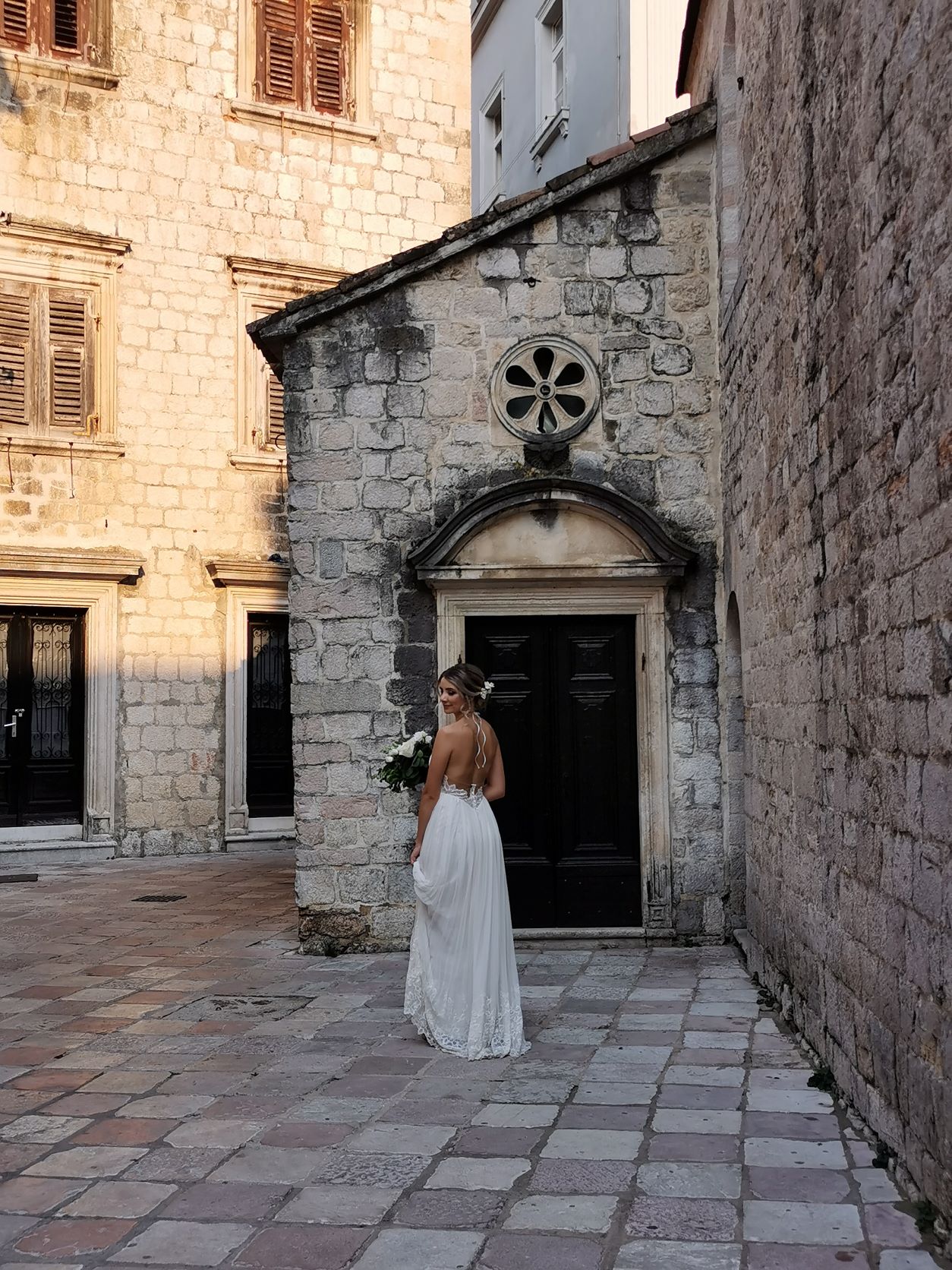

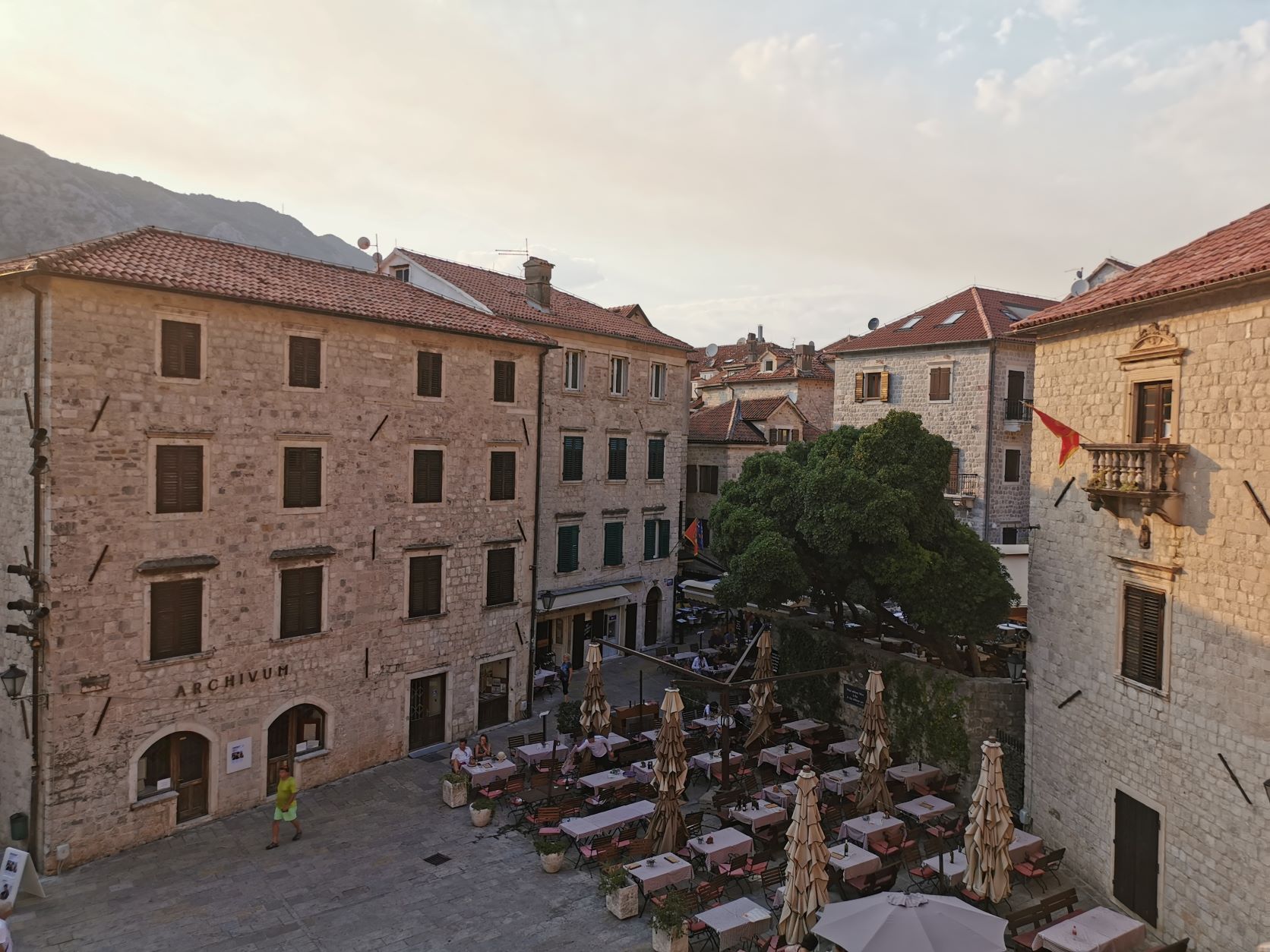
Ostrog monastery
One of the most important pilgrims and holy places in Montenegro is the Monastery of Ostrog. On the way to Podgorica from a highway, the silhouette of the monastery appears as a white dot, to which a steep serpentine road leads. I couldn’t imagine, seeing the church from below, how it was erected here on a vertical cliff in the 17th century.
However, with the initiative of Bishop Vasily Jovanovic and along with 30 monks, the church began to be rebuilt in 1665. Thanks to its miraculous stories, the monastery is visited by tens of thousands of pilgrims in hopes of recovery today. I saw many people climbing up the mountain barefoot, with pillows, to spend the night in the courtyard of the monastery. While others prayed in front of the tomb of St. Basil. The Ostrog Monastery is a place of incredible energy. Besides the amazing frescoes, it also offers a panoramic view of the peak of the Lupoglav Mountain from its balcony.
Short trips around Budva
Lovcen Mountain and mausoleum
A long serpentine road leads to the 1657-meter Jezerski Peak, which is well worth a visit not only because of the stunning panorama of the Lovcen Mountains and the 6,400-hectare national park, but also to see another special attraction. Here you can find the sacred place of Montenegro, the Njegos Mausoleum. It was built in 1851 and contains the remains of the famous poet, later bishop, II. Petar Petrović-Njegoš.
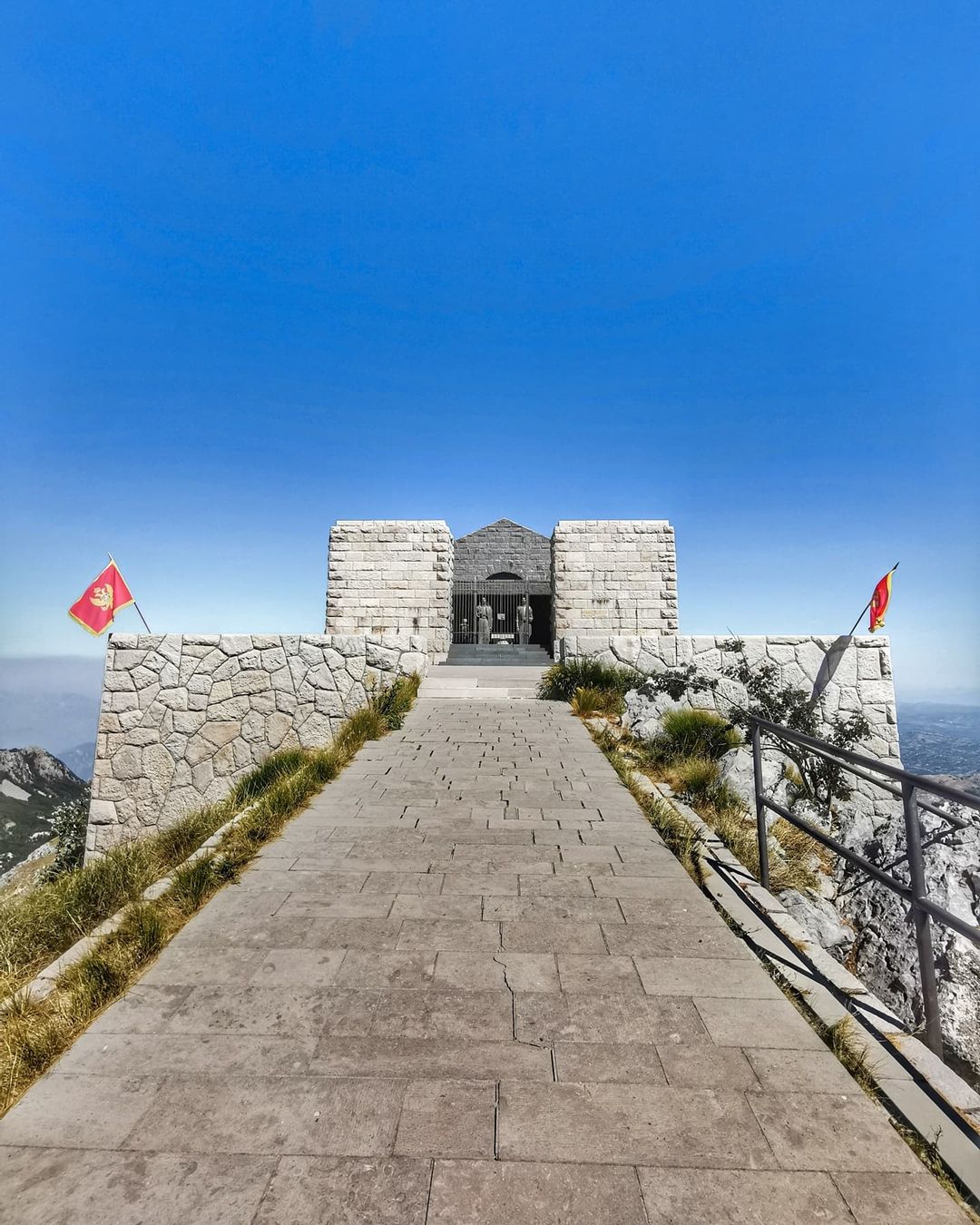
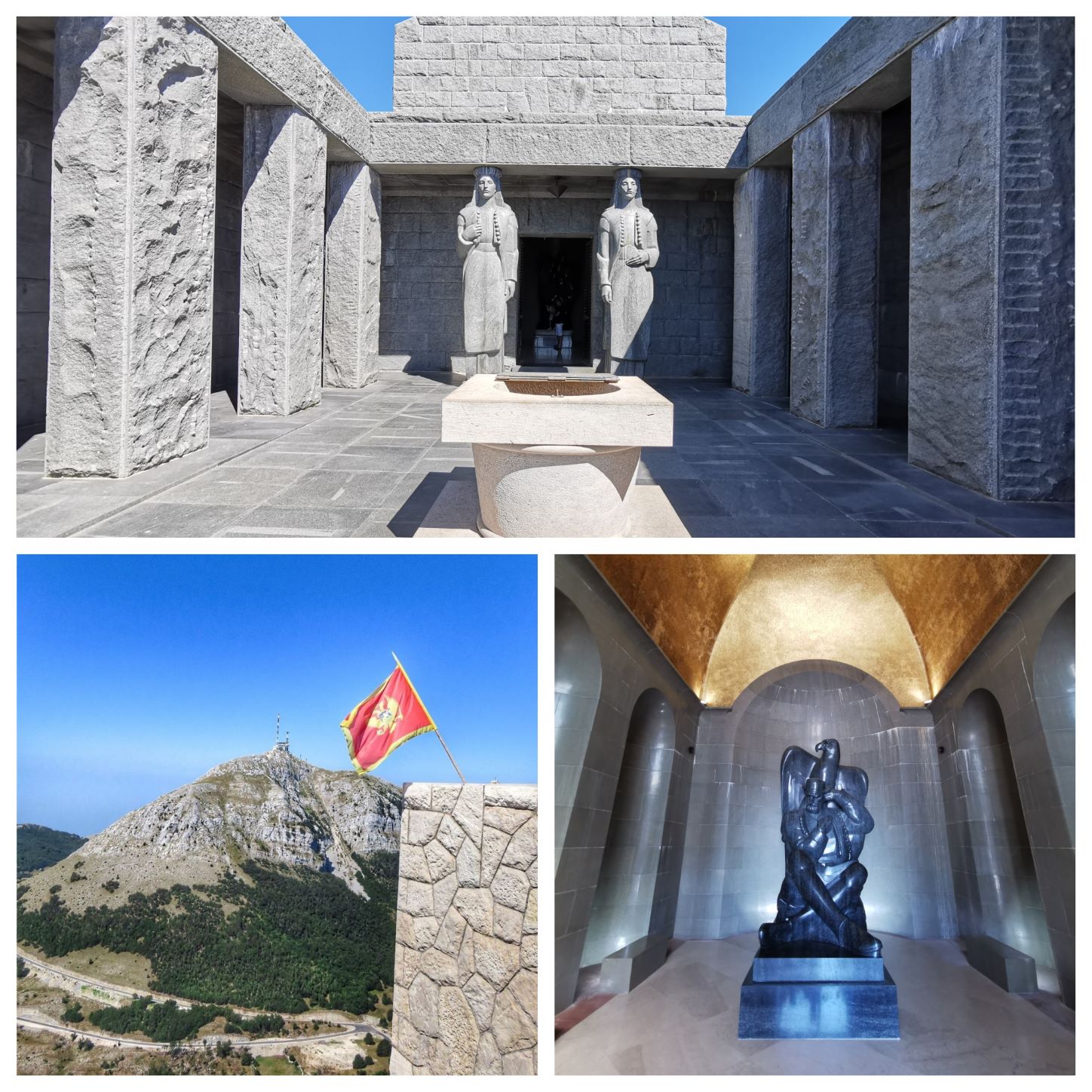 461 stars lead up to the 360-degree panoramic viewpoint, from where you can see the 1749-meter-high peak of Lovcen in clear weather and also the beautiful, rock-cut valleys of the park.
461 stars lead up to the 360-degree panoramic viewpoint, from where you can see the 1749-meter-high peak of Lovcen in clear weather and also the beautiful, rock-cut valleys of the park.
Lipa Cave
The only cave in Montenegro that can be visited by tourists opened its doors to the public in 2015. The Lipa Cave, which can only be visited as part of a guided tour, offers wonderful stalactites, stalactite and stalagmite columns, spectacular stalactite waterfalls, and an underground intermittent stream.
It is worth buying or booking a ticket to the cave in advance, as its capacity is limited. The Lipa Cave, which is cool in the summer as well (10-12 degrees), also has a Hungarian connection. In the First World War the cave was used by the Austro-Hungarian Monarchy for storage. Its natural and geological significance only came to the fore later, and its discovery is still ongoing today.
Skadar Lake
Just 8 km far from the Adriatic Sea, the Skadar Lake is the last swampy area of the Mediterranean. Its territory is 40,000 hectares and today it is one of the national parks of Montenegro. The lake is surrounded by high mountains to the west and south. In addition to thousands of waterfowl on its surface, white and yellow water lilies bloom here on an estimated 35 km2 water area.
A bejegyzés megtekintése az Instagramon
If your time and mood allow, take a boat and canoe trip on the lake from Virpazar and Rijeka Crnojevica. By the way, the latter place is worth a visit because of the sight. The U-shaped horseshoe reminded me a bit of the Hungarian Danube Bend of it, with the difference that you can get to this point by car. However, the narrow serpentine is only recommended for experienced drivers.
Cetinje
Cetinje, once the historical capital of the country, is a symbol of the spirituality of Montenegro. Not much of its former glory remained, thanks to the South Slavic War, its treasures are mostly preserved in museums in addition to monuments. Go for a walk in this sleepy little town and check out the monastery of St. Peter, the palace of King Nicholas and the house of culture of Zeta.
Nice cities to visit on the coast of Adriatic Sea
Budva
Montenegro’s most upscale resort, the Adriatic capital, Budva is one of the must-see attractions. The old town, rich in historical monuments and beautiful beaches, is truly remarkable, located in the heart of the small peninsula, surrounded by a 15th-century castle wall.
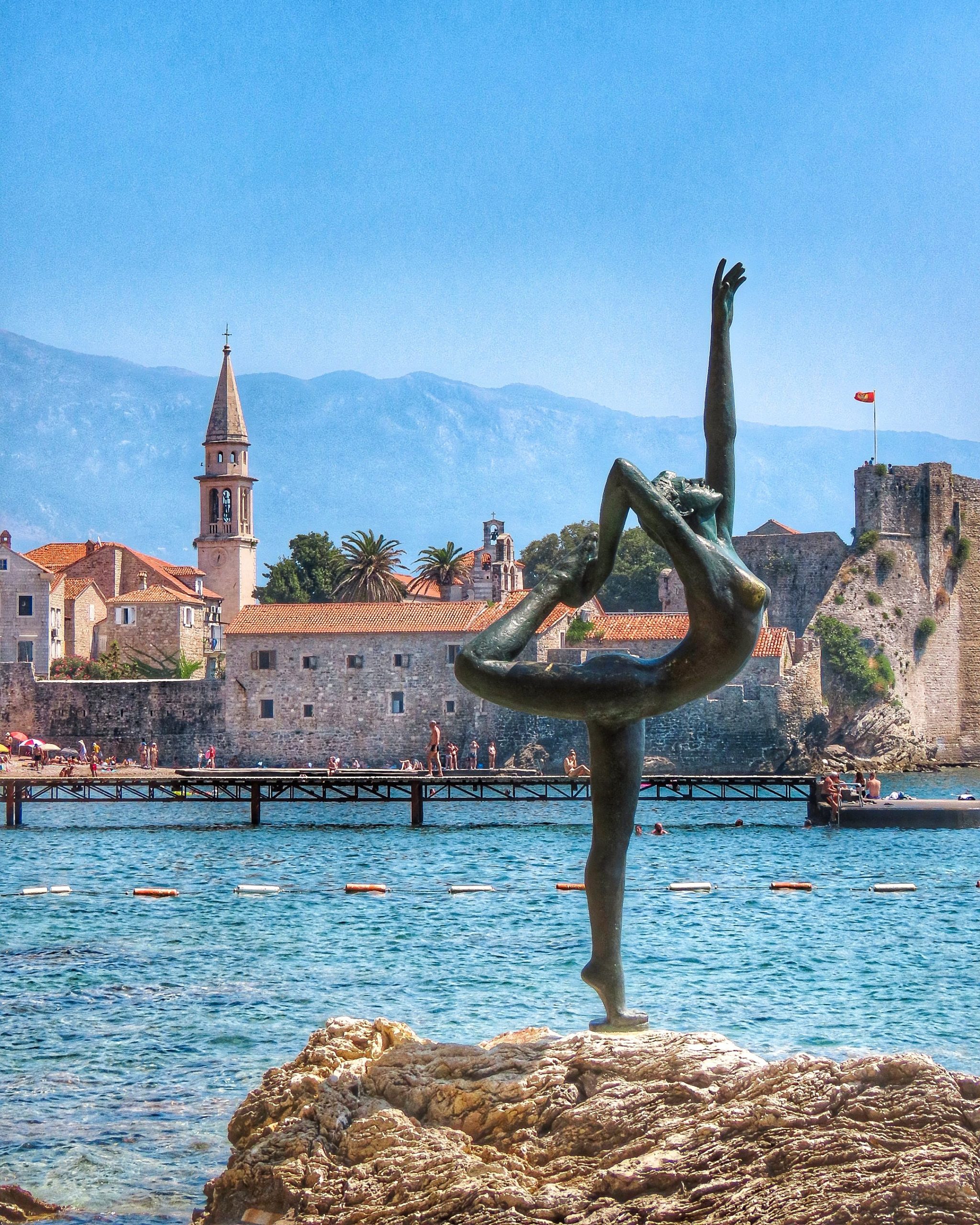
Six gates lead to the Stari grad (old town), with nice streets revealing the masterpieces of Italian architecture. Without claiming completeness, it is worth visiting the Citadel and St. John’s Cathedral, the oldest church on the Montenegrin coast. But you can also find an archeological and maritime museum here, and for € 2 you can walk even on the castle wall.
A bejegyzés megtekintése az Instagramon

Stari Bar
If you want a Turkish atmosphere, with cobbled streets, picturesque castle, head to Stari Bar. The old town is 6 km from the harbor, and its main attractions can be seen at the top of the hill.
Behind the city wall built by the Venetians in the 14th century, in addition to the former archbishop’s palace, you can also find a clock tower, a palace, an upper castle, a Turkish bath ruin and the relatively intact church of St. Nicholas.


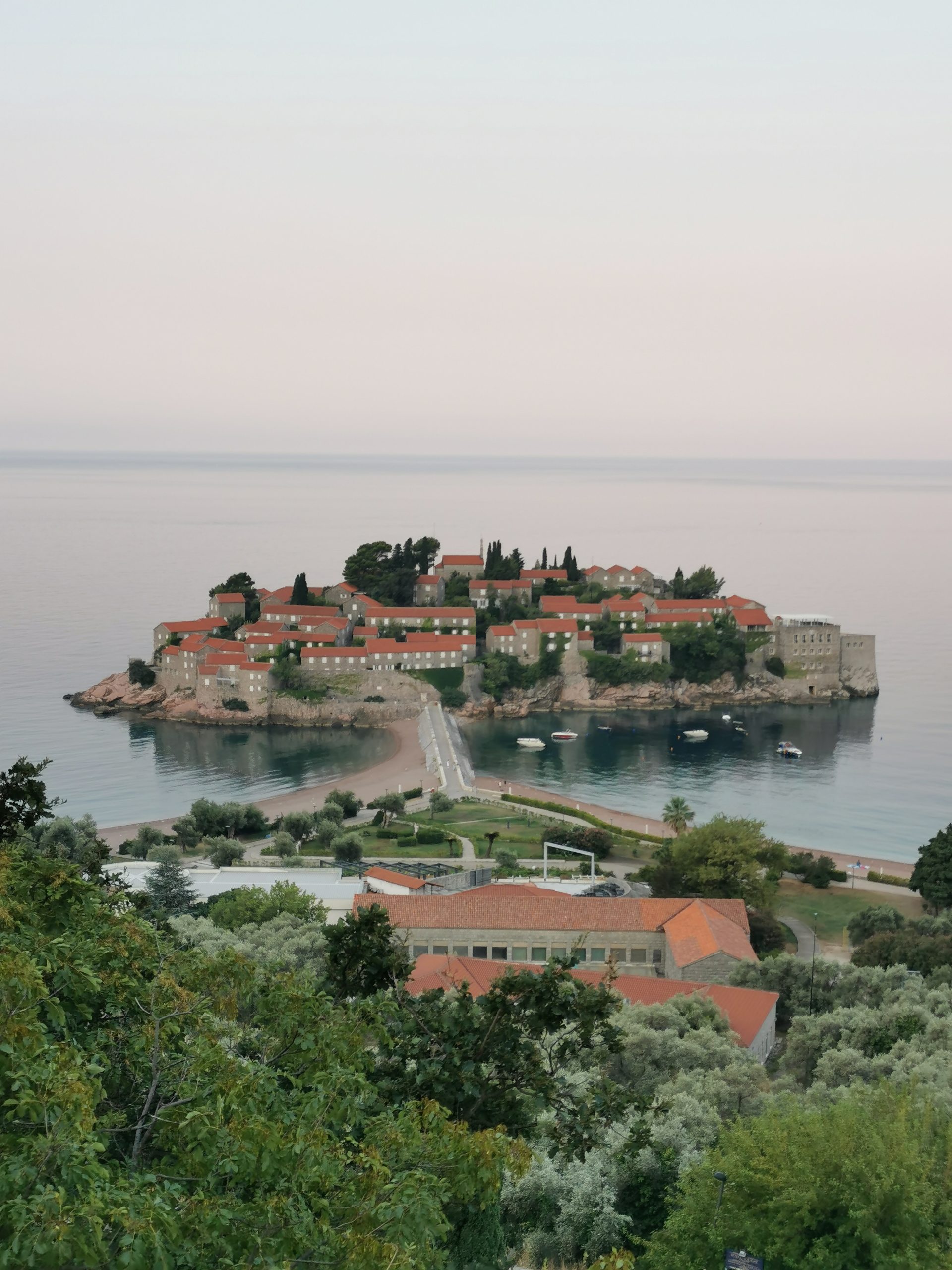
Ulcinj
Ulcinj is one of the southernmost resort towns in Montenegro and has the most sunny days. According to legend, Cervantes, the writer of Don Quixote, changed hands at the slave market in a settlement that is now mostly inhabited by Albanians. Fortunately, there are no traces of dark times today. Ulcinj’s old town, the citadel and the Turkish relics can be ideal destinations for your excursions in the country.



